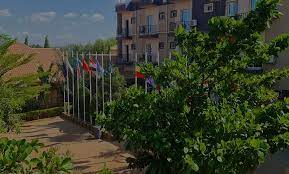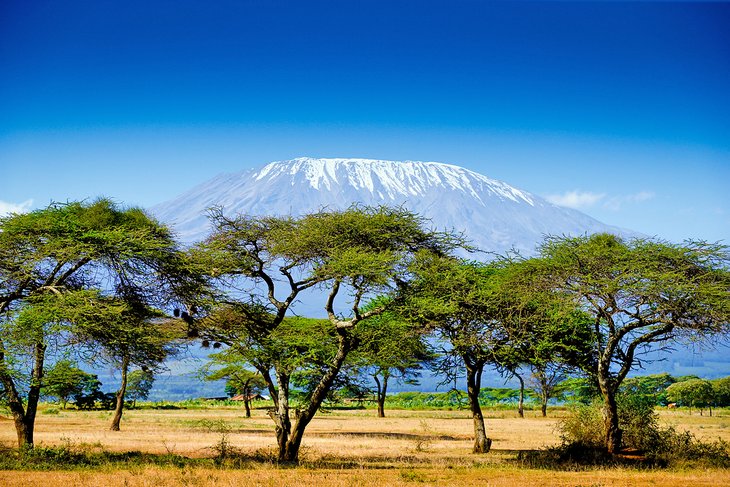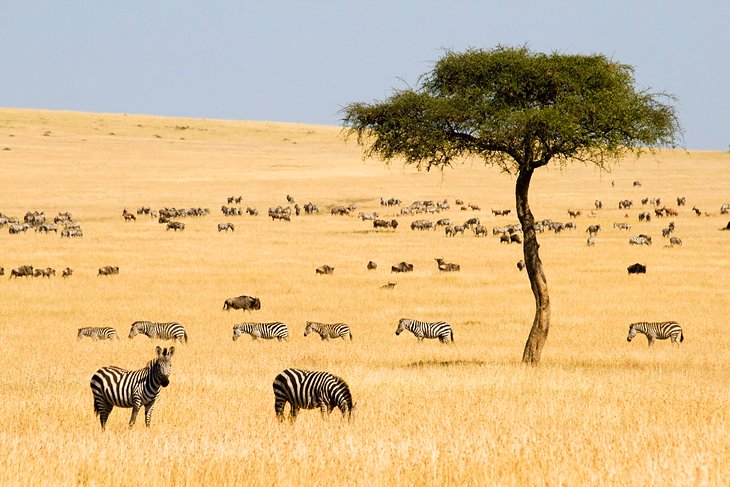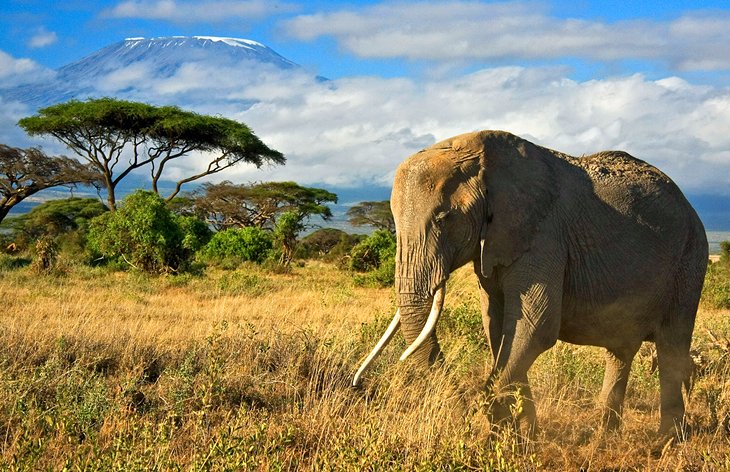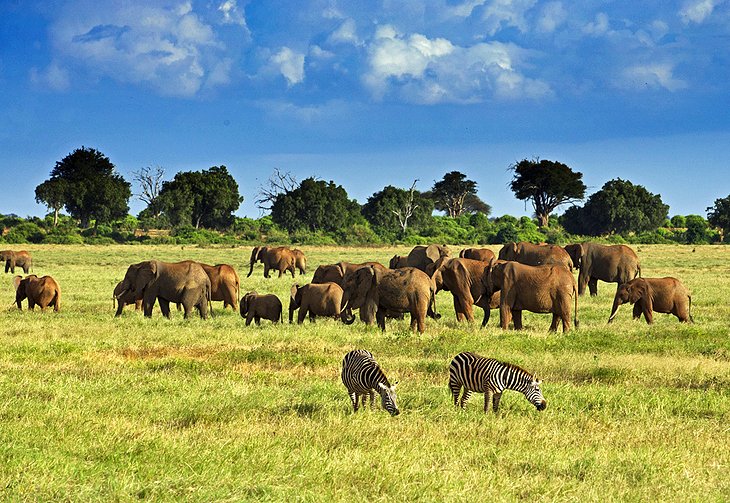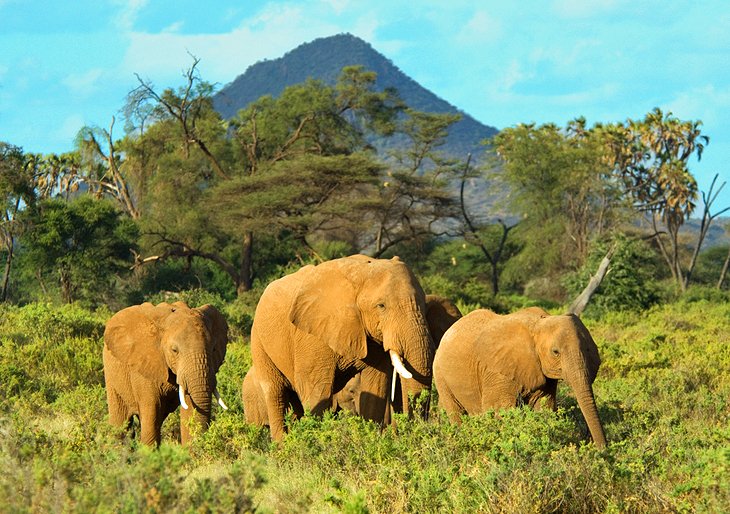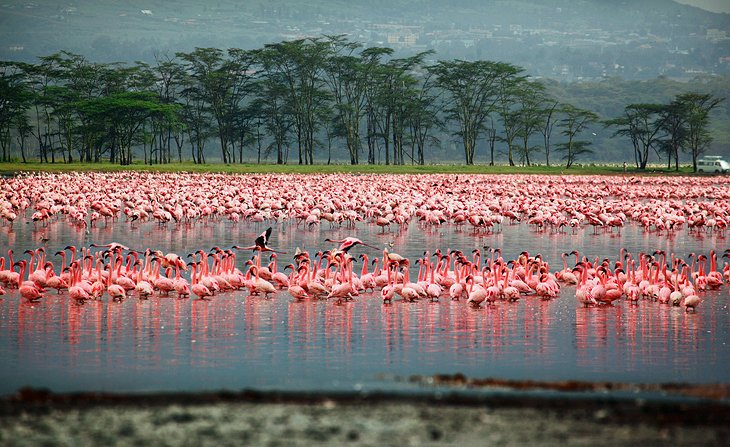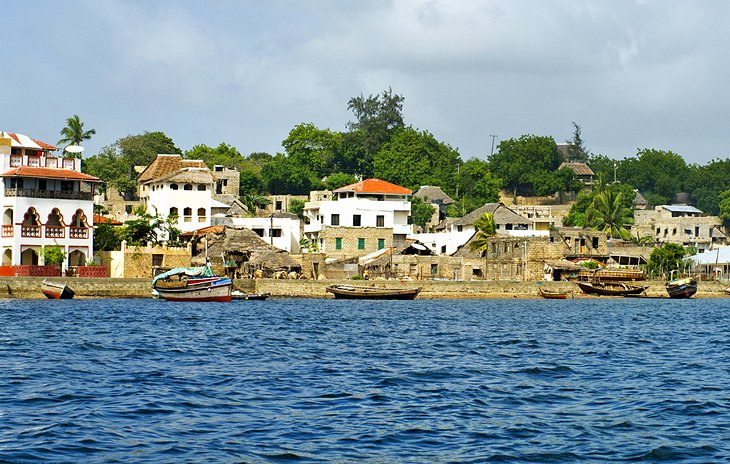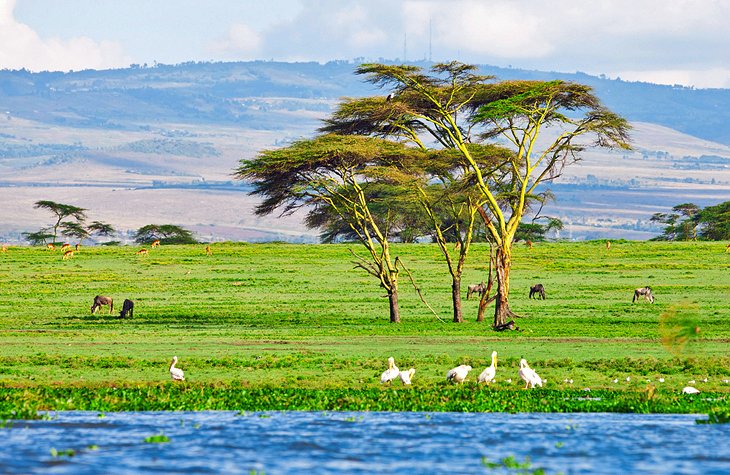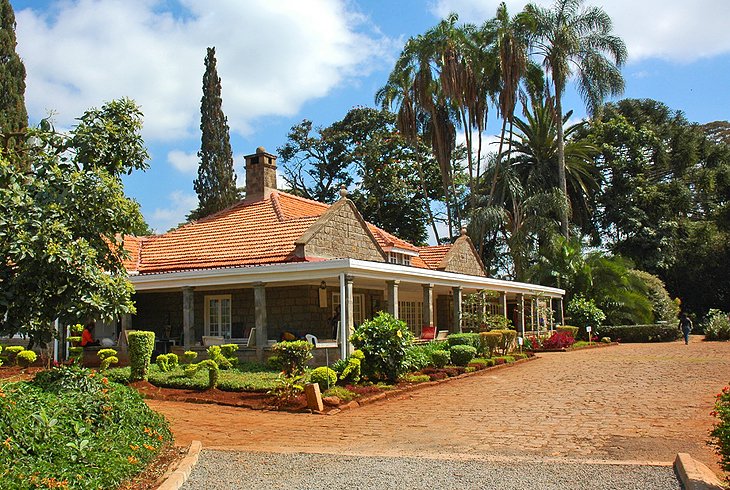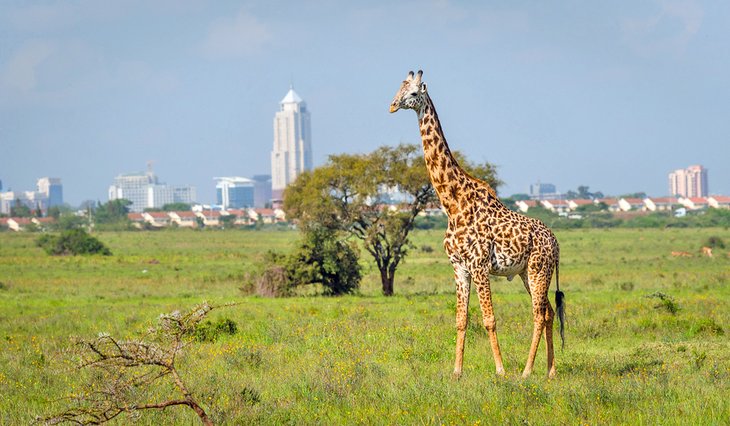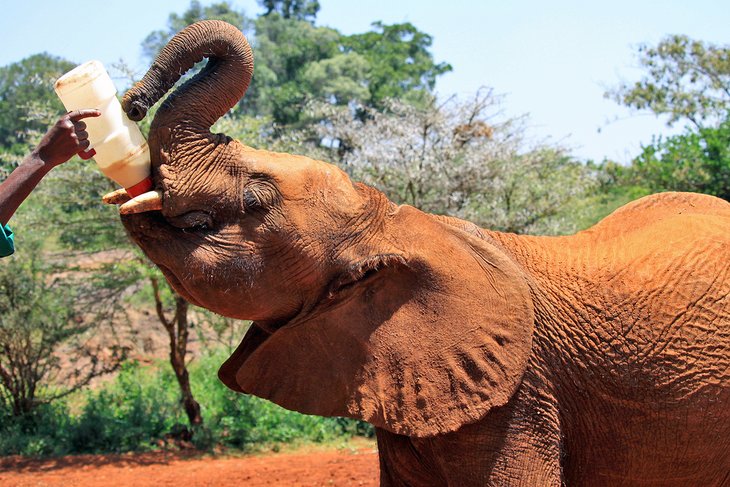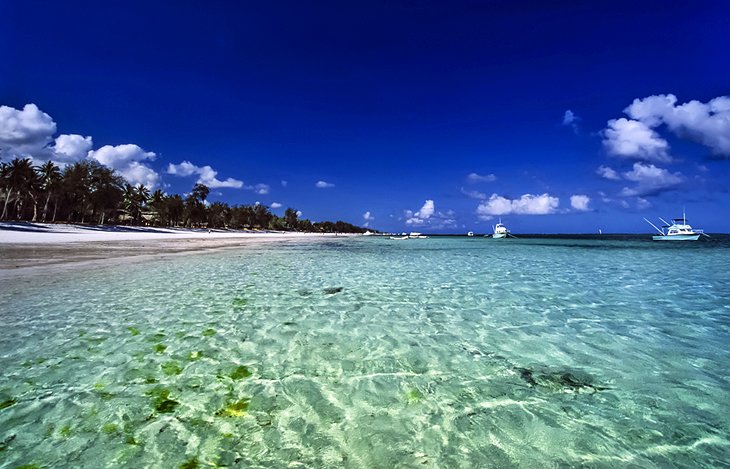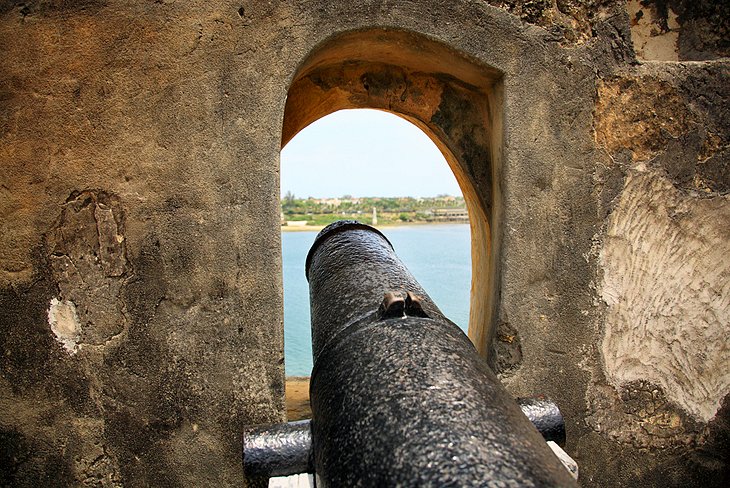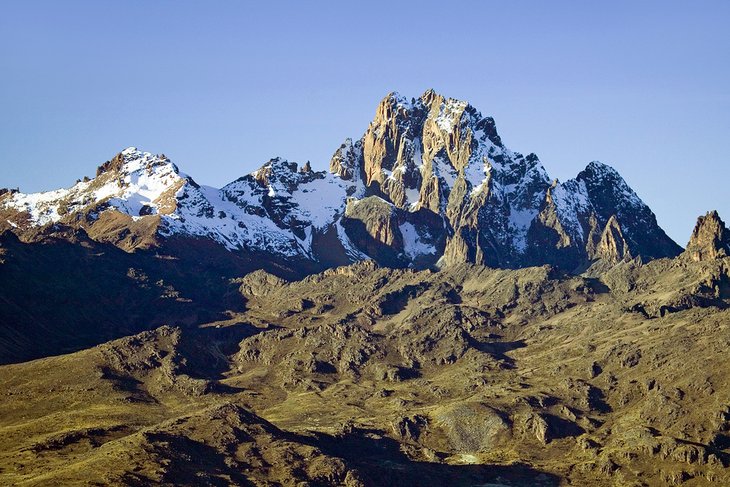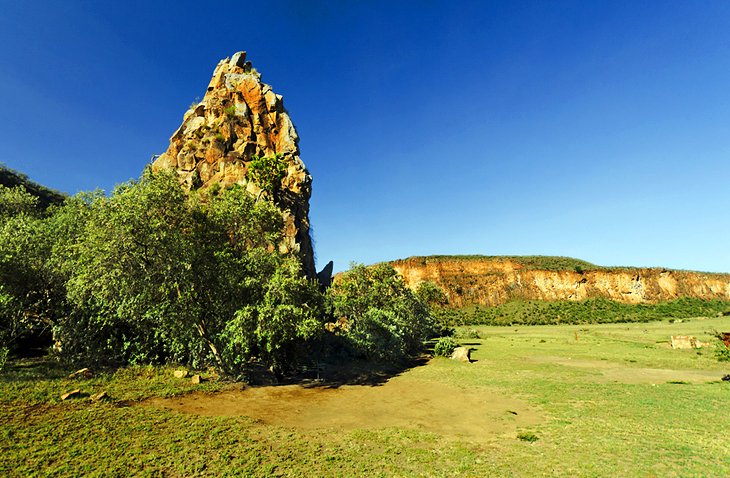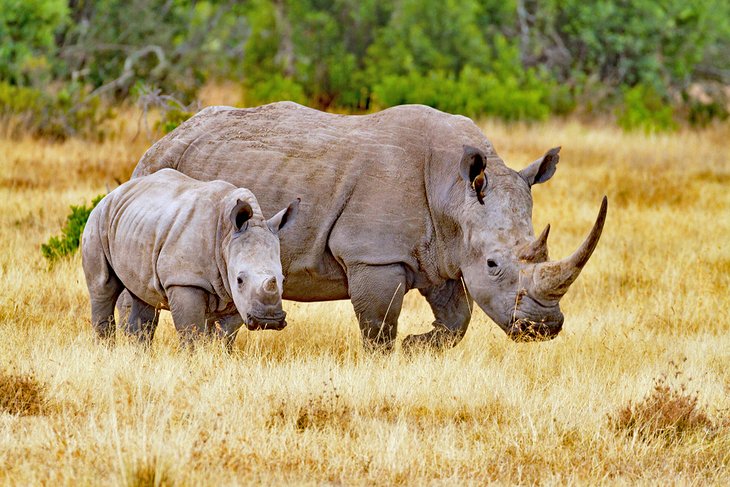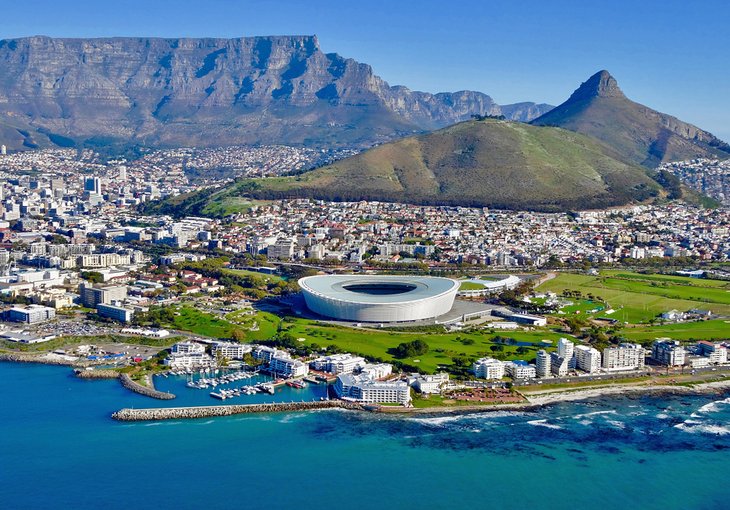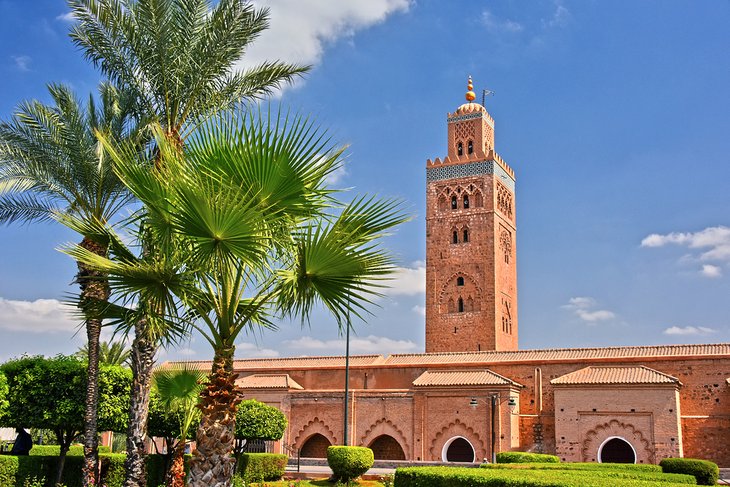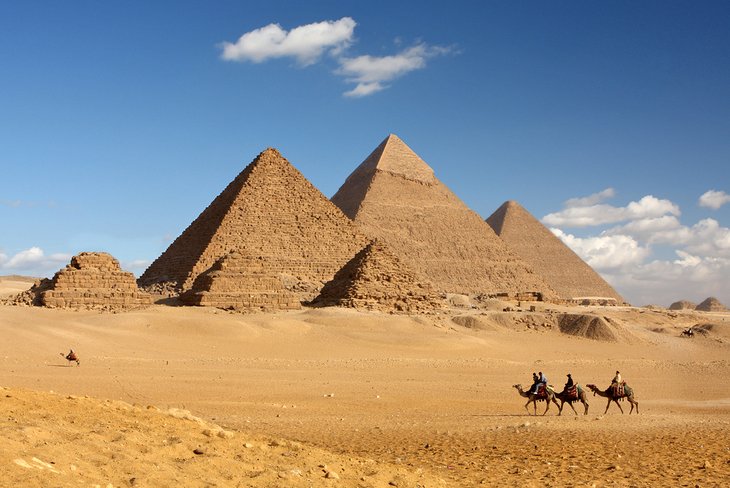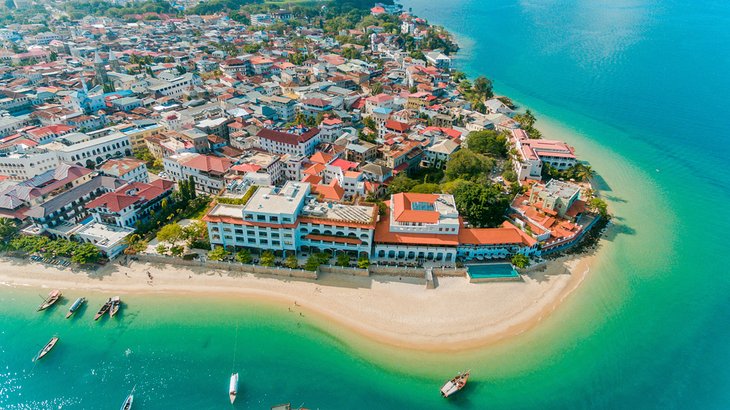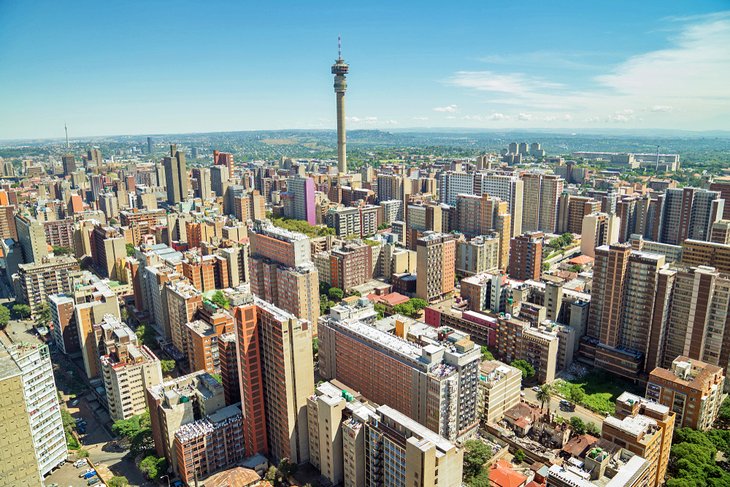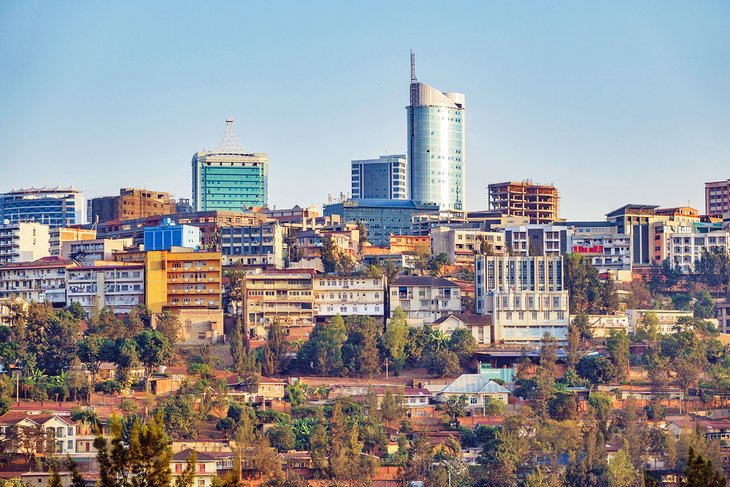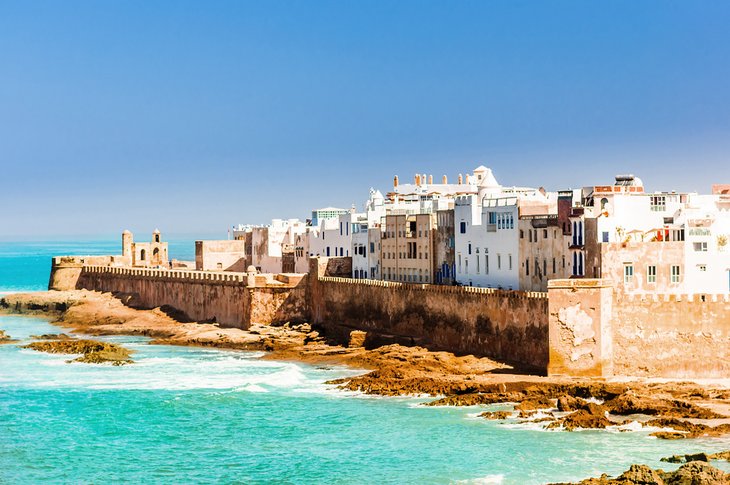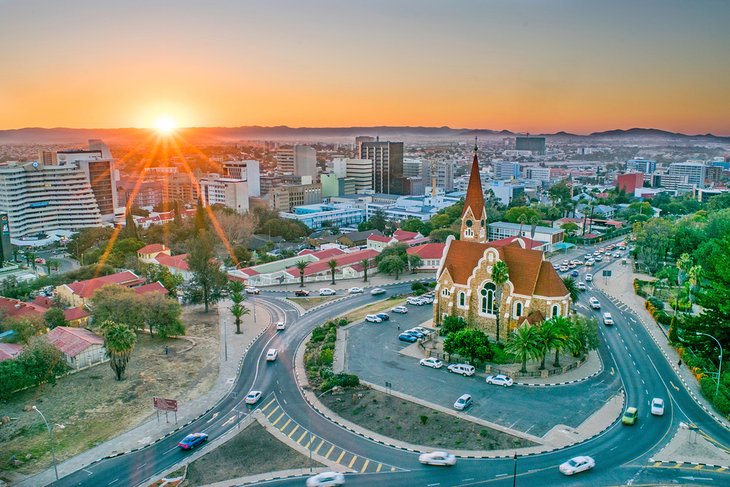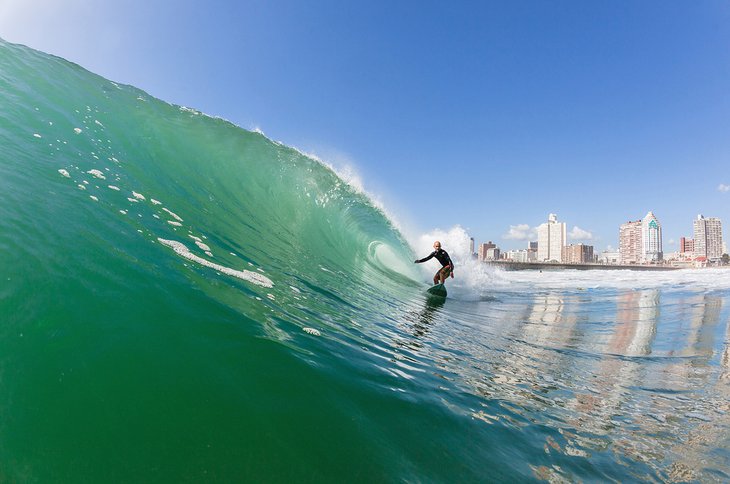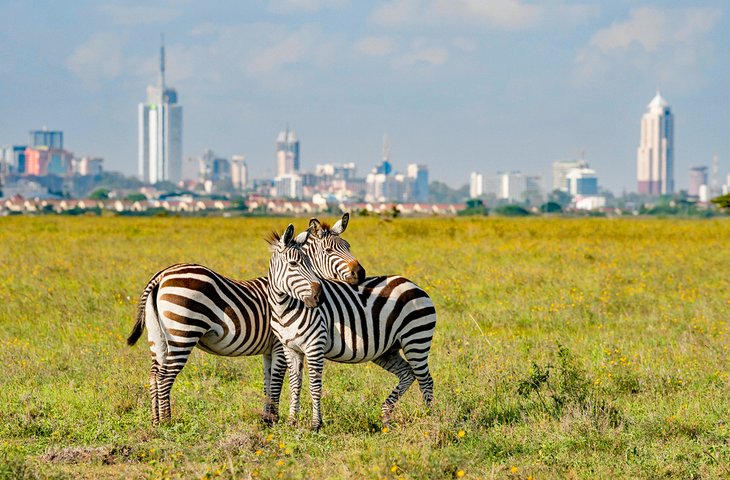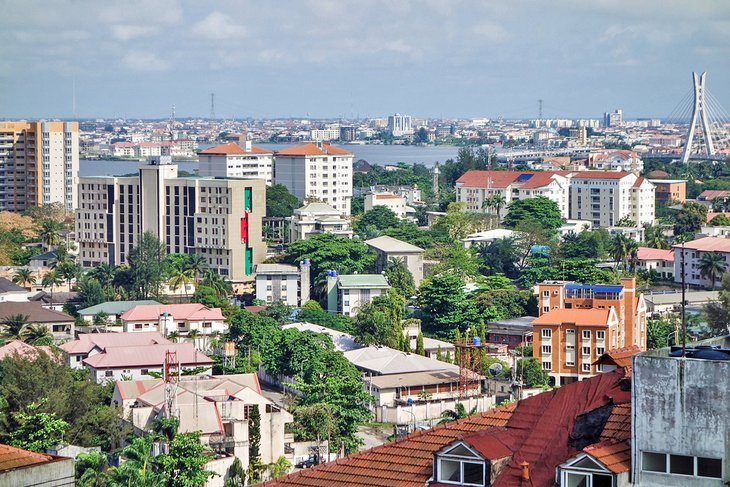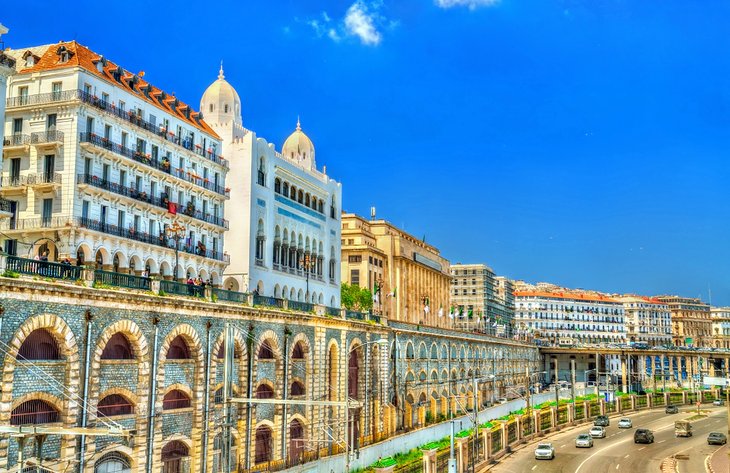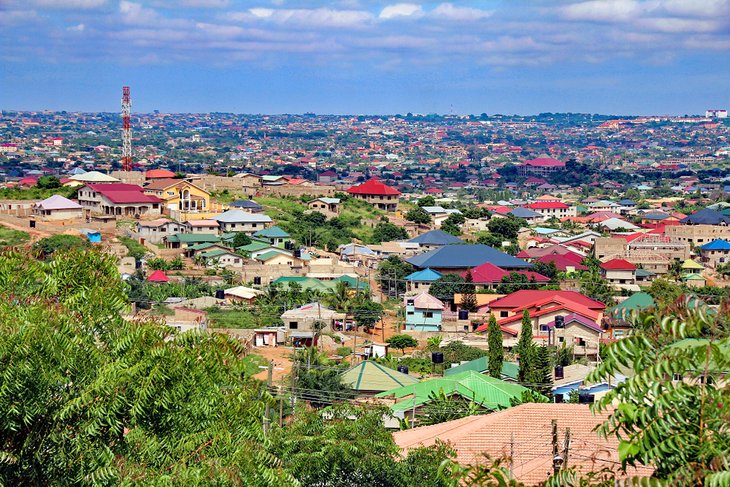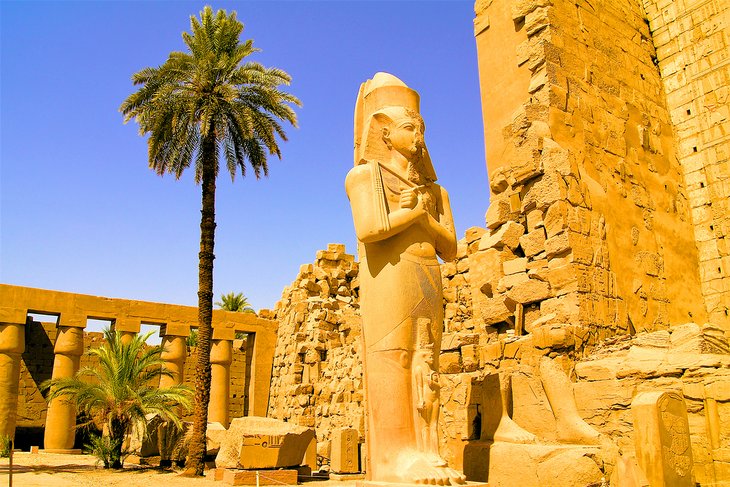Written by Lana Law
Sep 9, 2019
We may earn a commission from affiliate links ()
With so much to see in this vast country, it can be difficult to know where to start when it comes to planning a trip in the United States. World-class cities, some known for history and others known for fun or glamour, give visitors a broad spectrum of places to choose from. The best places to visit in the United States may simply depend on your personal interests.
Along the Eastern Seaboard, New York and Washington, D.C. offer two uniquely different city experiences. Along the West Coast, San Francisco and Los Angeles are both hot spots for tourists. In the Southwest, Las Vegas brings the desert to life, and the Grand Canyon shows off one of nature’s greatest creations. Beyond the mainland are the beaches of Waikiki and the tropical Hawaiian Islands. These are just a few key locations, but wonderful destinations for any type of traveler can be found all over the country.
Discover more of America with our list of the best places to visit in the United States.
Note: Some businesses may be temporarily closed due to recent global health and safety issues.
1. New York
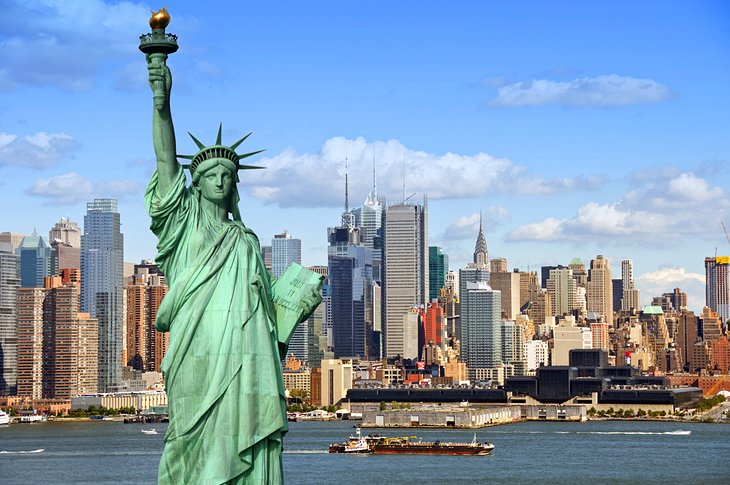
New York City is like no other city in the world, and one that must be experienced to be fully appreciated. For first-time visitors, walking the streets can be like walking through a movie set, with famous sites at every turn, from the Empire State Building, to Rockefeller Plaza, the Chrysler Building, Central Park, Times Square, 5th Avenue, Broadway, and of course, the Statue of Liberty.
Sightsee by day, take in a Broadway show in the evening, work in time for shopping, and relax and reminisce over a fantastic meal. This is New York. With too much to see and do in a day or a weekend, this is a city worth visiting time and time again.
Accommodation: Where to Stay in New York City
2. San Francisco
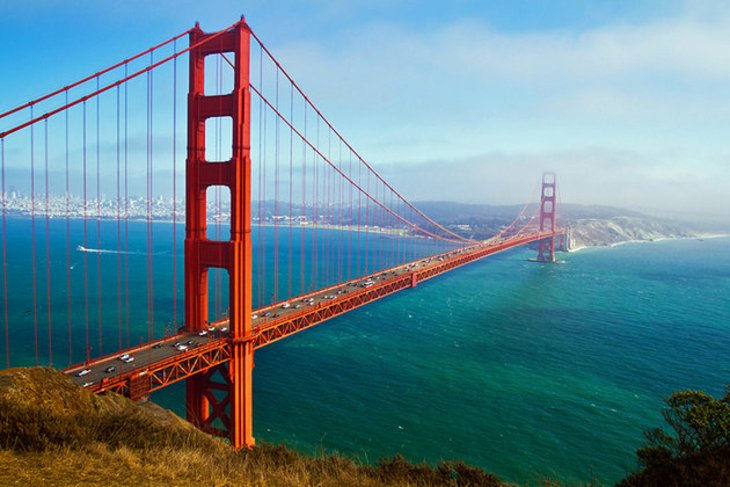
This charming and picturesque West Coast city is the perfect getaway destination for couples, singles, or families. Famous sites, charming streets, beautiful views, and outdoor dining are all part of what makes San Francisco such a great place to visit.19 Best Places to Visit in the USA | PlanetWare.com
Take a cruise on San Francisco Bay, tour Alcatraz, drive over the Golden Gate Bridge, wander around Fisherman’s Wharf, or hop on a street car to explore the city sites.
Summer or fall is a wonderful time to visit, but the climate here is mild and any time of year is pleasant.
Accommodation: Where to Stay in San Francisco: Best Areas & Hotels
3. The Grand Canyon
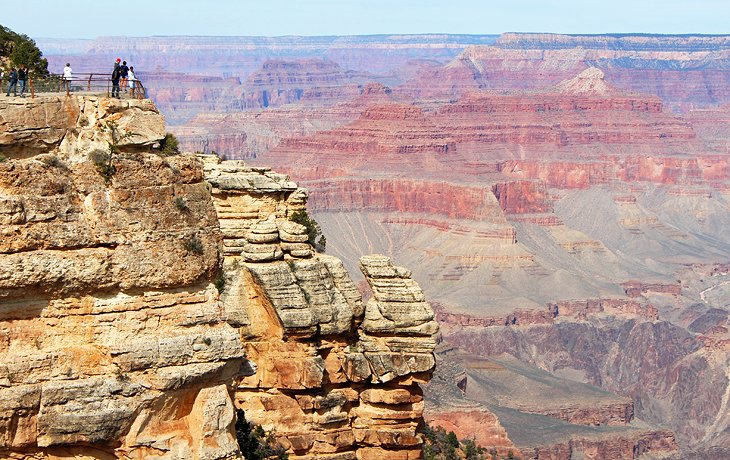
The Grand Canyon is one of those must-see, bucket-list destinations that have been attracting visitors for generations. Gazing out over the canyon walls to an endless horizon and an unfathomable depth below is one of the highlights of any trip in the United States.
Visiting the Grand Canyon can easily be done on a day trip from Las Vegas or Phoenix, and some smaller cities in the vicinity, or incorporated into a larger driving trip through Arizona and surrounding states. A train trip from Williams, AZ is another delightful way to experience the canyon.
You can visit the south rim of the Grand Canyon, which is the most popular and most visited section, at any time of year. The road to the north rim of the Grand Canyon is closed in winter due to snow.
Accommodation: Best Hotels at the Grand Canyon
4. Houston
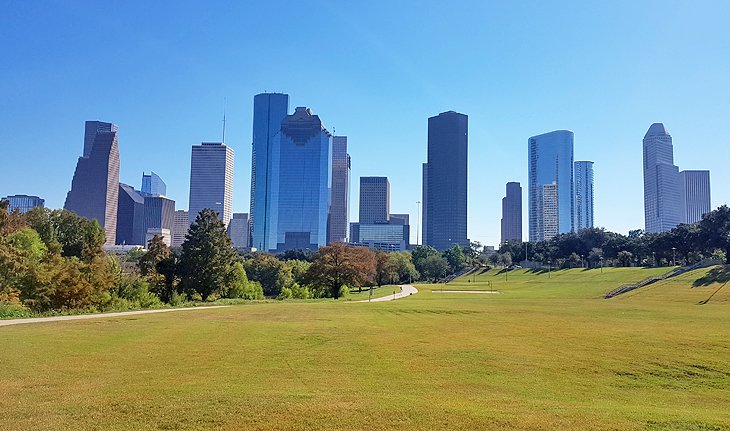
Houston is the perfect city for a friends getaway, a couples’ retreat, or a family vacation. With direct flights from cities across the United States and Canada, you can easily fly in to see a sports game, wander through Houston’s Museum District, lounge by a pool at one of the many luxury hotels, and spend your evenings enjoying incredible meals. Houston has developed into a hot spot for dining in the United States and is now well known for extraordinary cuisine.
If you want a relaxed but outdoor urban experience, rent a bike and peddle your way through the miles of paved trails in the parks or on the downtown streets. Rent a kayak and paddle along Buffalo Bayou in Buffalo Bayou Park.
In less than an hour, you can be on the nearby beaches at Galveston, and along the way, you can make a stop at Space Center Houston.
Accommodation: Best Resorts in Houston
5. Las Vegas
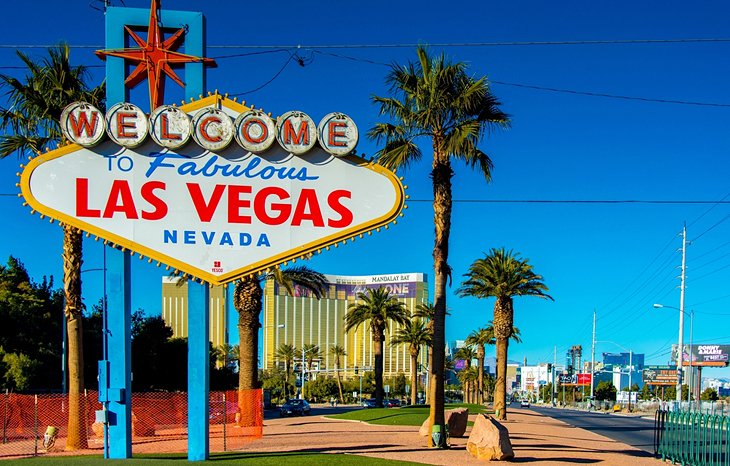
This glittering city of lights in the desert holds a unique appeal, and one that has been attracting visitors for decades. Huge resort complexes, with all kinds of things to see and do at any time of year, have made this a destination that draws everyone, from want-to-be newlyweds who come here to say their vows, to families who just want to hang out around a pool.
Entertainment options are extensive, with some of the music industry’s top stars calling Las Vegas home and playing to packed audiences every night. Cirque du Soleil offers another unique experience, and of course, each resort has something to entertain guests, from dancing fountains to an erupting volcano.
When you’ve had your fill of the city, there is plenty to explore in the surrounding area, with the Grand Canyon, Hoover Dam, Death Valley National Park, and Valley of Fire State Park all within easy day-tripping distance.
Accommodation: Where to Stay in Las Vegas: Best Areas & Hotels
6. Waikiki
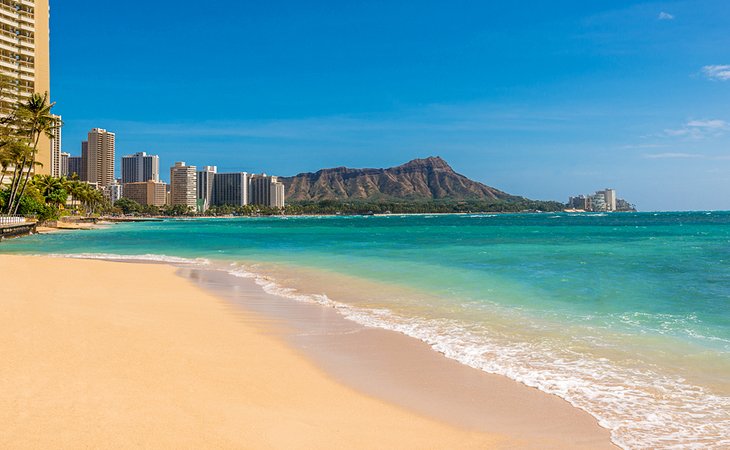
Waikiki is one of America’s top beaching destinations, with all the comforts of North America on a beautiful tropical island in the Pacific Ocean. Located on the Hawaiian island of Oahu, Waikiki is a suburb of Honolulu known for the beautiful golden sand beach that stretches along the oceanfront, backed by hotels and retail establishments.
Rent a surfboard and test your skills in the waves, hit the shops when you’re done with the beach, and enjoy great dining options in the evening. This is the perfect destination for everyone, from families to couples or singles.
Accommodation: Where to Stay in Honolulu: Best Areas & Hotels
7. Washington, D.C.
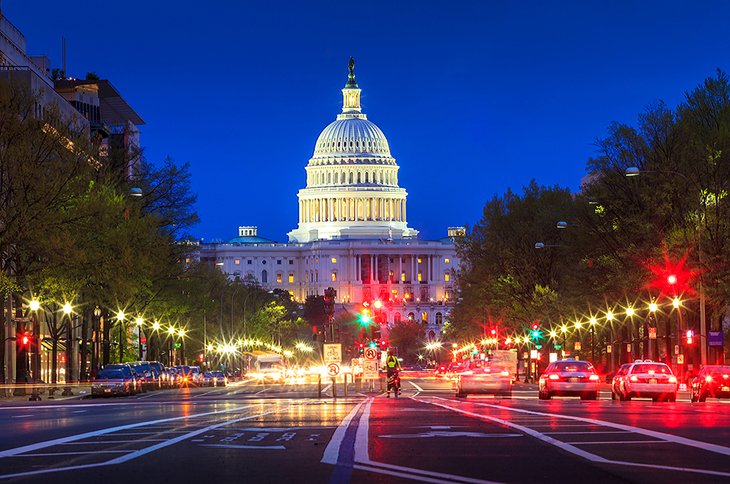
Washington, D.C. is the US capitol and home to some of the most famous sites and national treasures in America, from the White House and the Capitol Building to the Smithsonian museums. This city should be on everyone’s itinerary of the East Coast.
In the spring, the Cherry Blossom Festival is a beautiful time to visit, when the trees are in full bloom. Fall is also a good time, when the hot summer temperatures have cooled off enough to make walking around outside very comfortable and the rush of the busy summer season has passed. In winter, the crowds are definitely smaller, and the city is stunning after a fresh snowfall.
Accommodation: Where to Stay in Washington, D.C.: Best Areas & Hotels
8. Miami
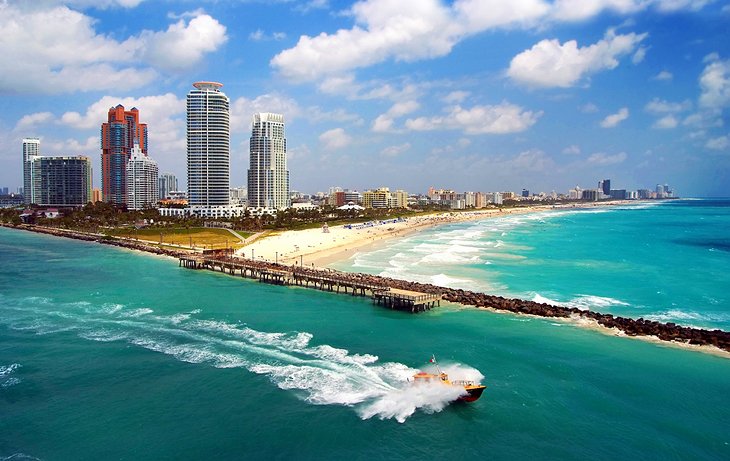
The hot spot of southern Florida, Miami is more than just a great beaching destination. Wonderful beaches can be found all over Florida, but Miami offers an atmosphere like no other city in the state.
The Cuban vibe along Calle Ocho in Little Havana, the Art Deco District in Miami Beach that calls to mind the 1930s era, the endless parade of sports cars cruising along Ocean Drive in the evenings, and the summertime beach scene of South Beach are just some of the unique aspects that make Miami one of the best cities in the US.
For a unique experience take a day trip from Miami to Everglades National Park to see alligators, turtles, and an array of birds in this one-of-a-kind wetlands area.
Accommodation: Where to Stay in Miami: Best Areas & Hotels
- Read More:
- Top-Rated Tourist Attractions in Miami
9. Los Angeles
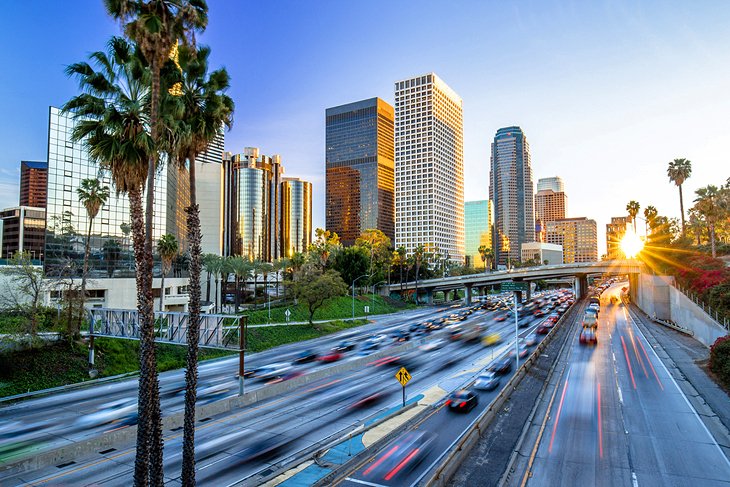
Southern California has a culture all of its own, and Los Angeles is the epicenter of this unique area. The city has always been associated with glamour, with the suburbs of Hollywood, Beverly Hills, and Bel Air dominating pop culture. Travelers will find all kinds of vacation possibilities in the Los Angeles area.
Hollywood is a must for movie lovers, families come to experience nearby Disneyland, and shoppers will definitely find what they’re looking for in the Los Angeles area. If you are looking for a little sand and surf, head to one of the many beaches around LA. For an interesting natural history experience, be sure to visit La Brea Tar Pits to see fossil remains of prehistoric animals that roamed this area 40,000 years ago.
Accommodation: Where to Stay in Los Angeles: Best Areas & Hotels
10. New Orleans
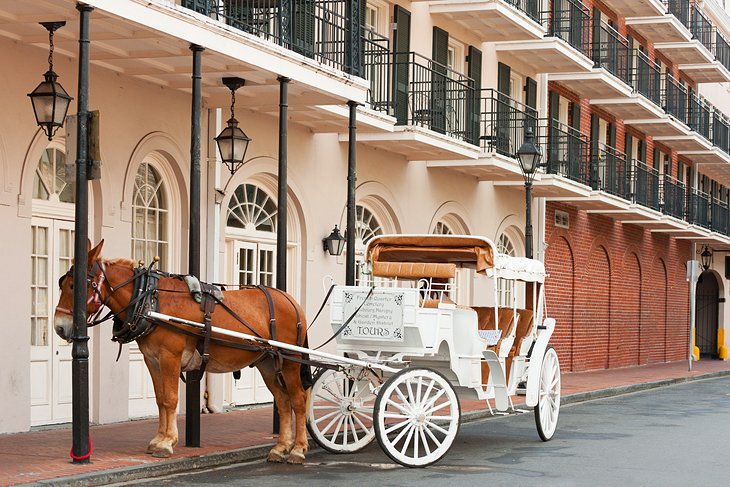
New Orleans is like no other southern city. The mix of cultures, with strong French and Spanish influences, is more reminiscent of the Caribbean than the United States. Cajun and Creole cuisine, jazz music, and the architecture of the French Quarter set this city apart and make it a perfect destination for a long weekend getaway.
The highlight of New Orleans’ calendar year is Mardi Gras, when elaborate costumes and outrageous floats light up the streets, music can be heard everywhere, and the celebrations seem never-ending. However, if crowds are not your thing, you may want to avoid this time of year.
The best time to visit is from December to May. June to November is hotter and prone to storms and hurricanes.
Accommodation: Where to Stay in New Orleans: Best Areas & Hotels
11. Utah’s National Parks
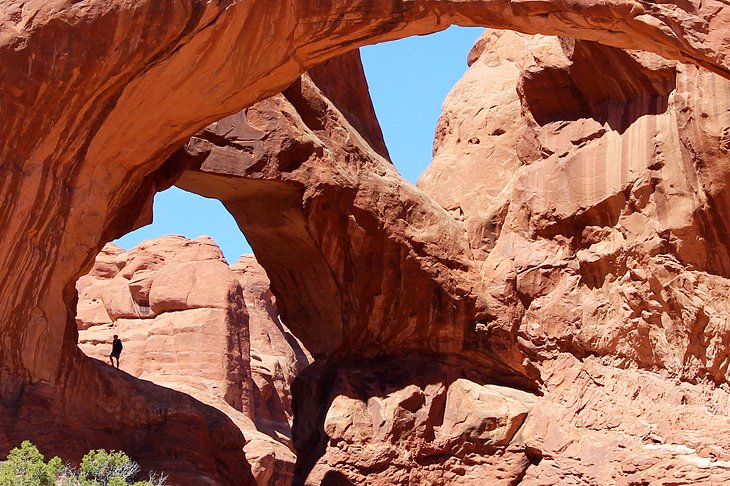
Southern Utah is home to a landscape like no other, with canyons, arches, natural amphitheaters, and oddly beautiful rock formations. Fortunately, Utah’s parks offer access to the state’s most incredible scenery.
Zion National Park is one of the most outstanding, and particularly of interest for its hiking trails. Soaring cliff walls, waterfalls, and the river running through the valley, making this one of the most visited parks in the United States.
Arches National Park, near the town of Moab, is home to more than 2,000 sandstone arches, but is much more than the name suggests. Rock spires, petrified dunes, views to distant mountain peaks, and the numerous adventure opportunities in the area, make this a place you’ll want to spend some time. It’s also a top mountain biking destination in the United States.
Nearby, but completely different in character, is Canyonlands National Park. Some sections of this park are as enchanting as the Grand Canyon but not nearly as busy. Plan on at least a day to see two separate sections of the park, and more if you want to enjoy the hiking trails.
Bryce Canyon National Park offers a completely different scene, with a huge natural amphitheater providing the base for a forest of colorful rock pinnacles. The hiking trails in Bryce, which take you through this mystical landscape, are mostly easy to moderate and worth doing. And lastly, Capitol Reef National Park is a little out of the way but is worth a stop if you can work it into your itinerary.
12. Orlando/Kissimmee
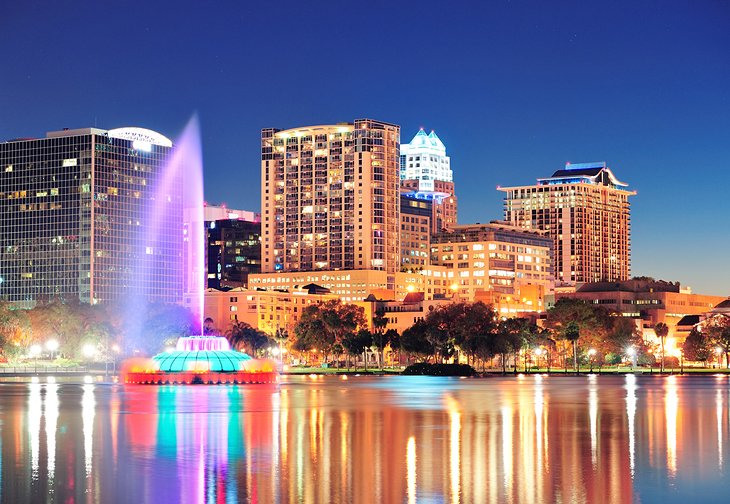
Orlando, which for most tourists is synonymous with Kissimmee, is all about the theme parks; Walt Disney World Resort, Universal Studios, and SeaWorld are the big attractions. This is one of the best vacation spots in the US for families. Kids love it. But adults will also enjoy the parks, as well as the shopping, dining, golfing, and sunshine.
School holidays are the busiest time to visit. Christmas and summer holidays are particularly hectic. Fortunately, Orlando is primed for tourists, with all kinds of hotels and home rentals available in the area. The city is located inland but within easy day-tripping distance of both coasts and the popular Kennedy Space Center at Cape Canaveral on the Atlantic Coast.
Accommodation: Where to Stay in Orlando: Best Areas & Hotels
- Read More:
- Top-Rated Tourist Attractions in Orlando
13. Chicago
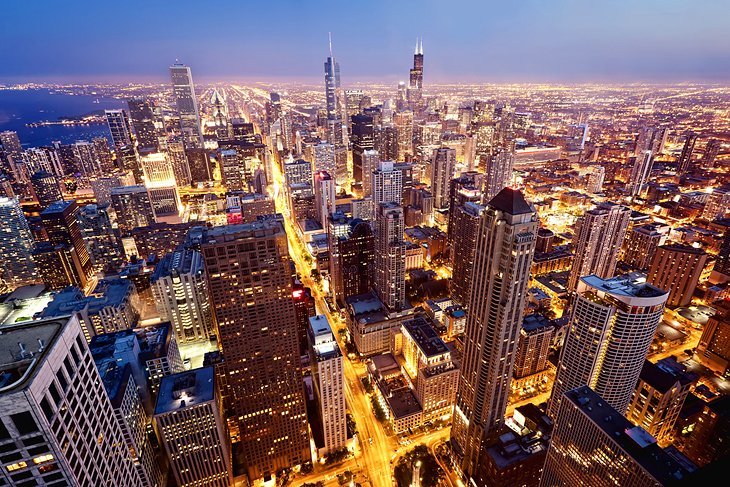
Set on the shores of Lake Michigan, Chicago is a great summer destination, with parks and a beautiful waterfront. But its arts and cultural attractions, as well as fantastic shopping, make it a popular year-round destination.
The Magnificent Mile, along Michigan Avenue, is the city’s most famous area, with high-end luxury stores and galleries, along with famous buildings and outstanding architecture. Some of the tourist highlights include Millennium Park, the Art Institute of Chicago, Navy Pier, and the views from the Willis Tower SkyDeck.
Accommodation: Where to Stay in Chicago: Best Areas & Hotels
- Read More:
- Top-Rated Tourist Attractions in Chicago
14. Phoenix
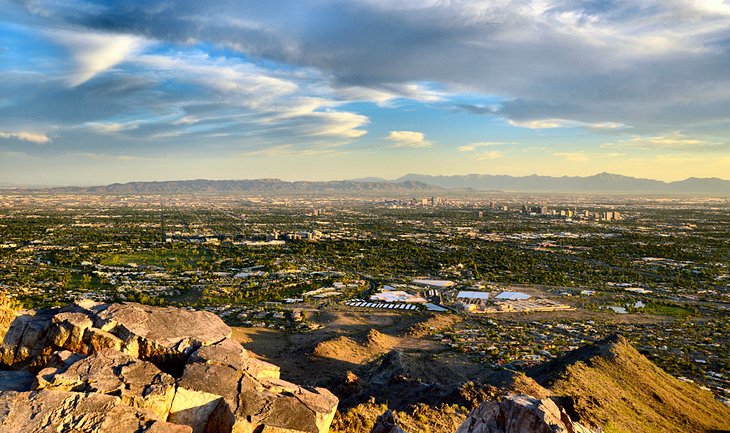
In the heart of the Southwestern US, Phoenix is a huge, sprawling city that attracts large numbers of northerners during the winter months, who come here to escape the cold weather. The city and surroundings, which include Scottsdale, Mesa, and several other townships, are known in particular for their golf resorts and spa retreats.
Phoenix is a great destination for golfing, shopping, relaxing, and hanging out by a pool. Natural areas that showcase the desert landscape can be found within the city and nearby, providing easy access for hiking or mountain biking. Summer temperatures can be extremely high, but October to April is very pleasant, especially if you want to spend time outdoors.
Accommodation: Where to Stay in Phoenix: Best Areas & Hotels
- Read More:
- Top-Rated Tourist Attractions in Phoenix
15. Savannah
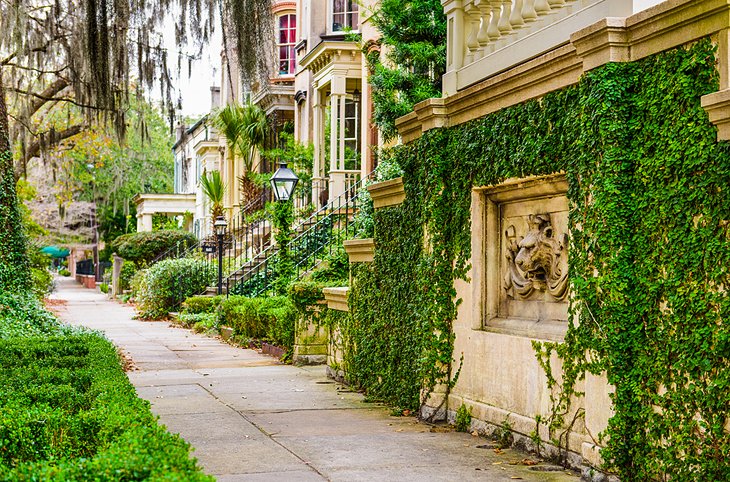
Savannah is the quintessential small southern city, with huge moss-covered trees in the beautiful parks, old southern mansions, and a lovely waterfront area with candy stores and other unique shops in historic buildings. The pace is slow, and the people are friendly.
It’s easy to see that Savannah is a city where people live and enjoy life, rather than an area simply developed for tourism. The city center is small enough that you can walk everywhere. This is a city you can see in a day, but the kind of place where you will want to linger.
Nearby are some beautiful beaches at Tybee Island and Hilton Head Island, both of which can be reached by car in well under an hour.
Accommodation: Where to Stay in Savannah: Best Areas & Hotels
16. Boston
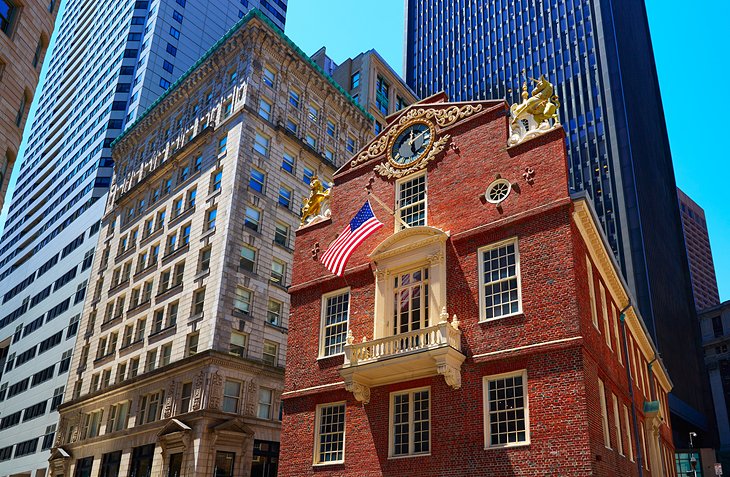
Located along the Eastern Seaboard, Boston is a city of history. The famous Freedom Trail leads past some of the city’s most famous and historic sites, making sightseeing and navigating through the city extremely easy.
Picturesquely situated along the oceanfront, with ferries connecting the outer suburbs, Boston has a unique charm. Modern skyscrapers stand next to centuries-old buildings, and open public spaces, like Boston Common, give the city a quaint, small-town feel. The city also has a strong arts and cultural scene, and is home to the famous Boston Pops Orchestra.
Accommodation: Where to Stay in Boston: Best Areas & Hotels
17. Yosemite National Park
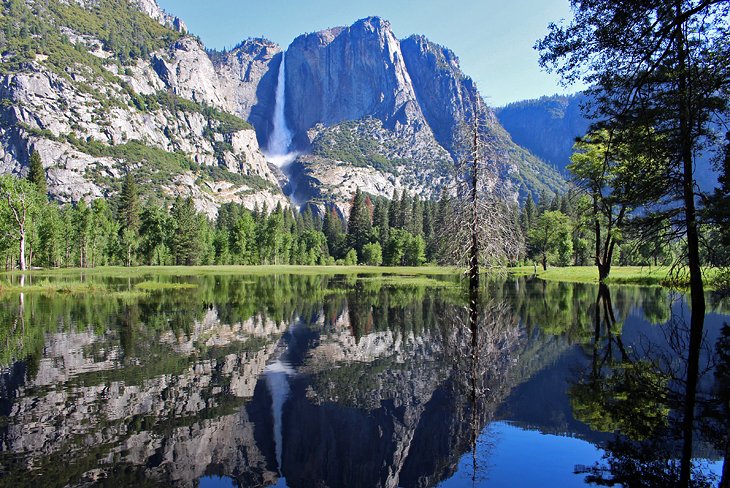
While the Grand Canyon is on most international travelers’ itineraries, Yosemite is a national treasure that should not be missed. Yosemite Valley is home to some of America’s most famous landscapes and iconic natural attractions, from the dramatic waterfalls to the soaring cliff walls of El Capitan and Half Dome.
The captivating photographs of Ansel Adams, the climbing community that has flocked here for decades, and the generations of families who have been coming to the park to camp, hike, and soak up the scenery have all contributed to the park’s history. But long before this, the Miwok people inhabited the area. You can learn more about this at the Yosemite Museum and Indian Village of the Ahwahnee in the park.
18. Colorado’s Rocky Mountains
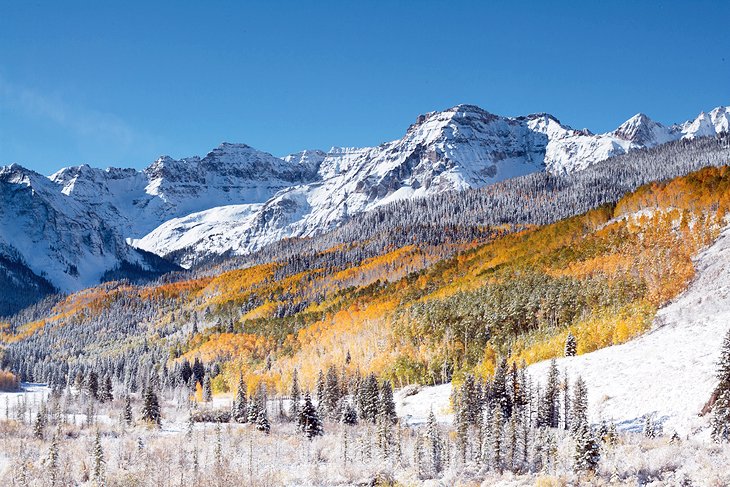
The dramatic peaks of the Rocky Mountains can be appreciated in many areas of North America, but in Colorado, the climate and small mountain towns make this one of the best places to visit the Rockies. Waterfalls and snow-capped peaks, more than 50 of which reach a height of 14,000 feet or more, make this a beautiful area for sightseeing and appreciating mountain life.
In summer, hiking, mountain biking, and rafting are popular pastimes. Inn winter, the mountains become a playground for skiers and boarders. The ski resorts in Colorado are some of the best in North America.
Some of the best places to visit are the towns of Vail, Aspen, Telluride, and Durango. Scenic drives, like the San Juan Scenic Byway and the Million Dollar Highway, which leaves from Durango, will take you through breathtaking mountain scenery and old mining towns like Silverton and Ouray. Or, hop on the Silverton & Durango Narrow Gauge Railroad for a relaxing day trip through the Rockies.
On the edge of the Rocky Mountains in the southwest corner of Colorado, a little over an hour from Durango, is Mesa Verde National Park. This fantastic park is home to incredible Native American cliff dwellings, and is a UNESCO World Heritage Site.
19. Seattle
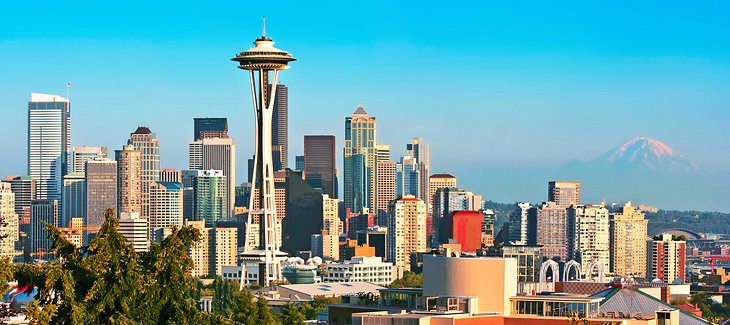
In the northwest corner of the US is the lovely coastal city of Seattle. Surrounded by water and snow-capped mountains, the city is reminiscent of Vancouver, Canada, with an active, outdoor oriented population and countless things to see and do.
Key sights in the city include the impossible-to-miss Space Needle, the lively Pike Place Market, and the waterfront. Within easy day-tripping distance of the city are beautiful beaches, the Hoh Rain Forest, and mountain landscapes, all waiting to be explored.
Although the winter months see more rain than summer, the city has a mild climate and is a nice place to visit at any time of year.
Accommodation: Where to Stay in Seattle: Best Areas & Hotels
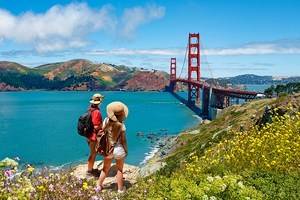 Getaways for Couples & Families: Trying to come up with somewhere for you and your partner to take a quick trip? See our list of Best Vacation Spots in the US for Couples to find a romantic destination for two. If you’re looking for a destination where you can take the kids and have a good time, you’ll enjoy our article on the Top Family Vacations in the US.Subscribe to ourNewsletterDiscover destinations, find outdoor adventures, follow the journeys of our travel writers around the world, and be inspired.
Getaways for Couples & Families: Trying to come up with somewhere for you and your partner to take a quick trip? See our list of Best Vacation Spots in the US for Couples to find a romantic destination for two. If you’re looking for a destination where you can take the kids and have a good time, you’ll enjoy our article on the Top Family Vacations in the US.Subscribe to ourNewsletterDiscover destinations, find outdoor adventures, follow the journeys of our travel writers around the world, and be inspired.

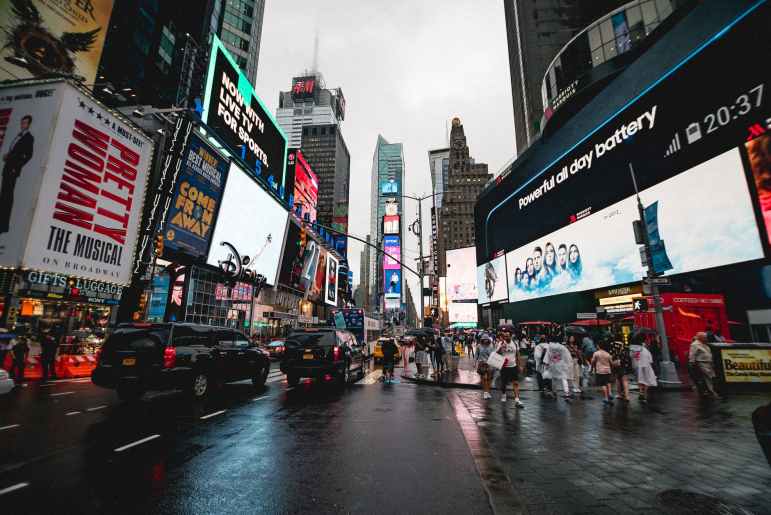

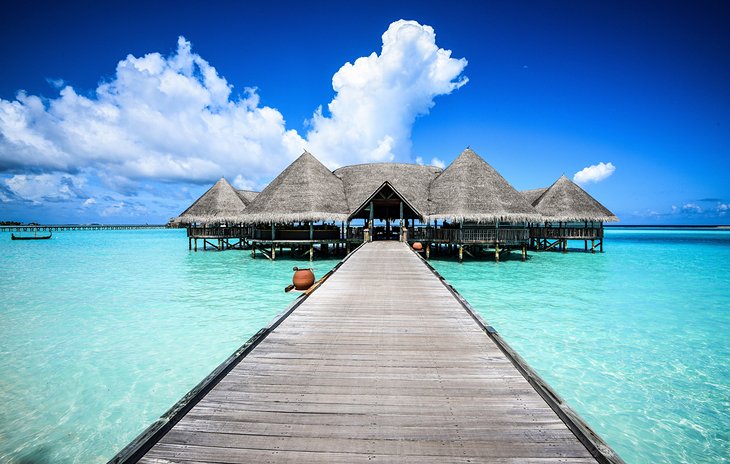
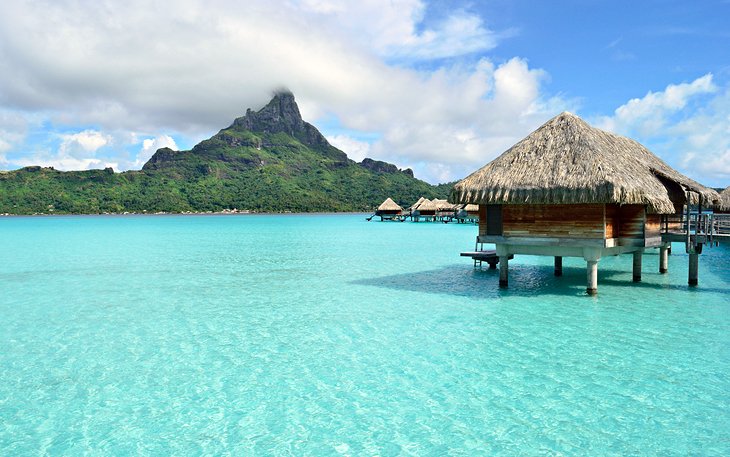
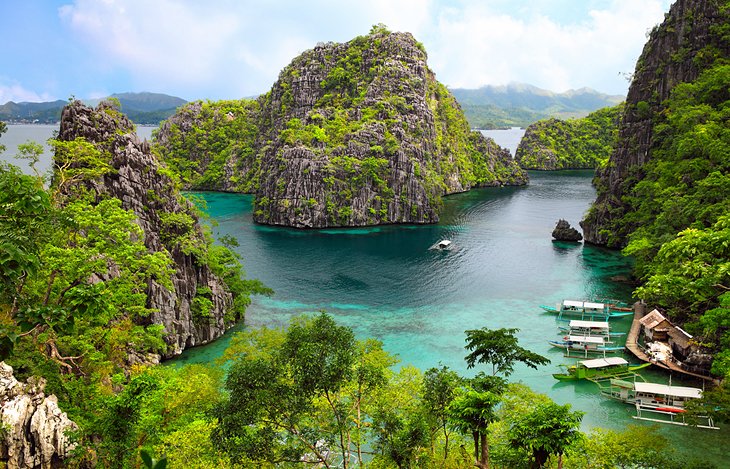
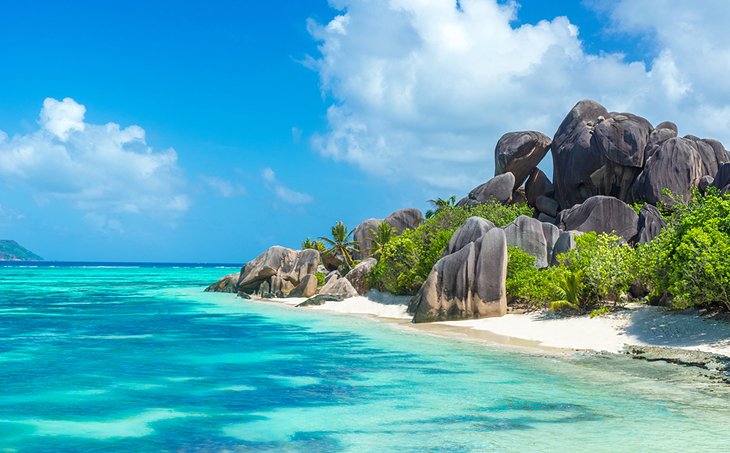
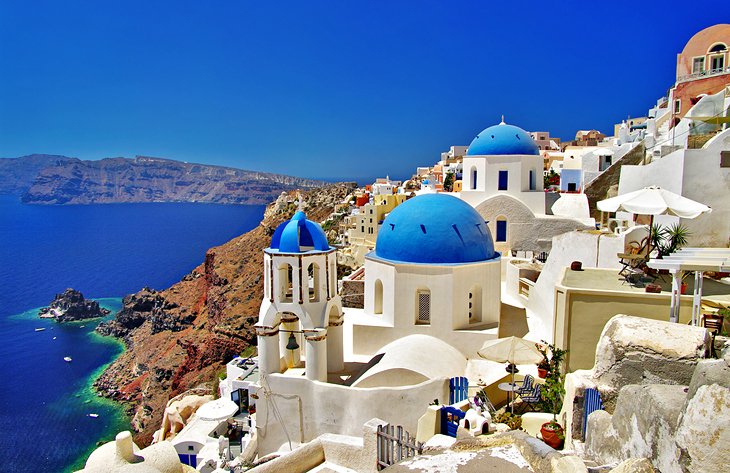
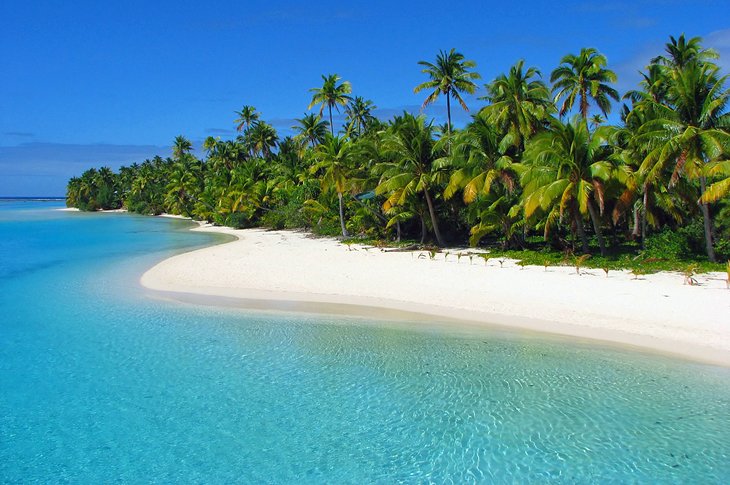
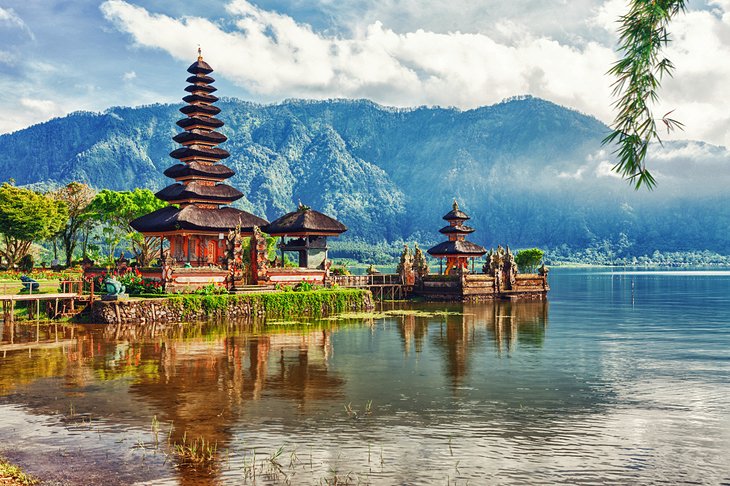
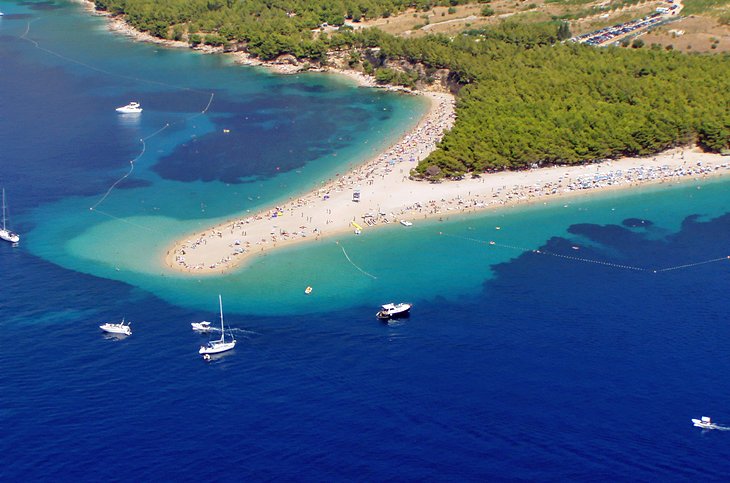
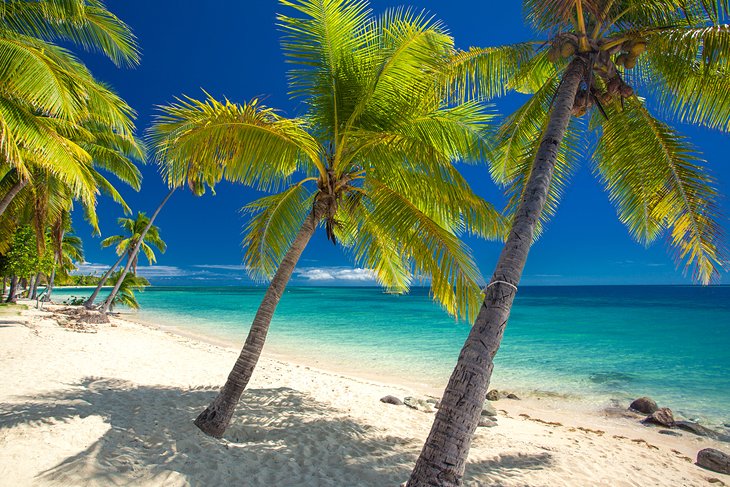
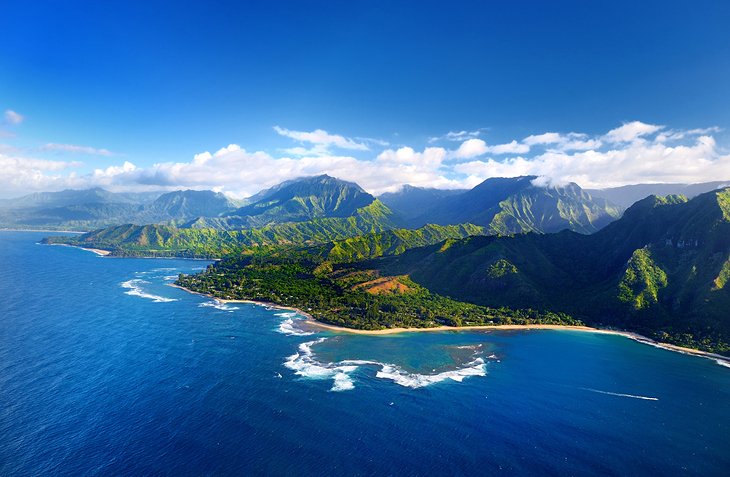

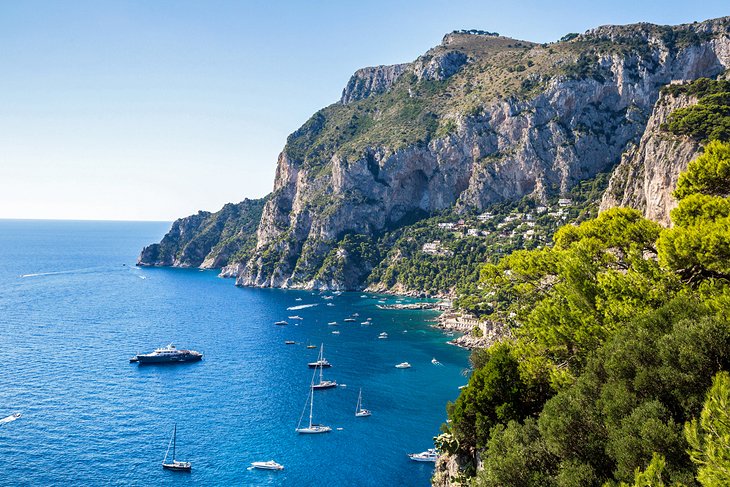
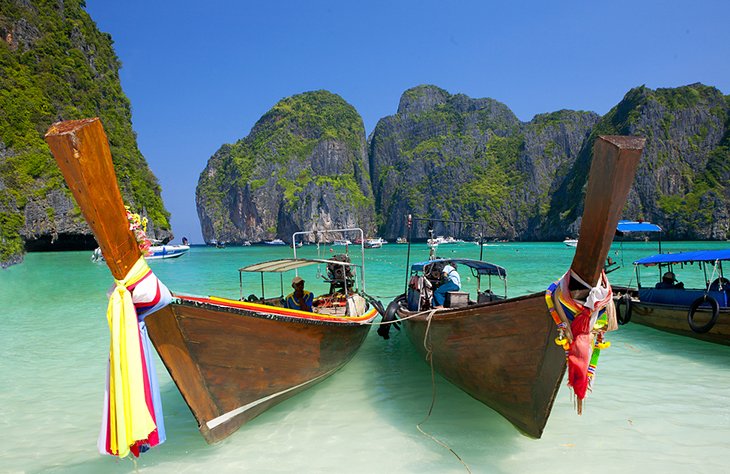
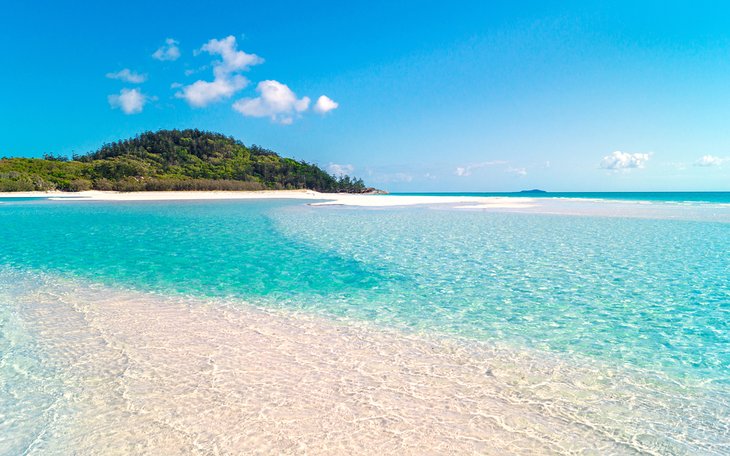
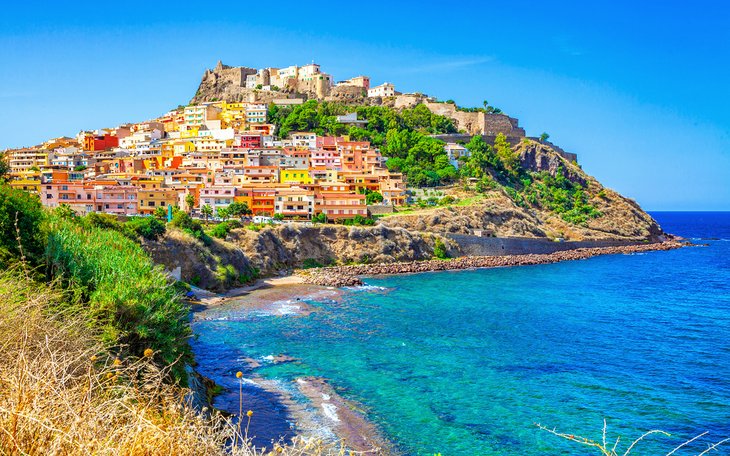
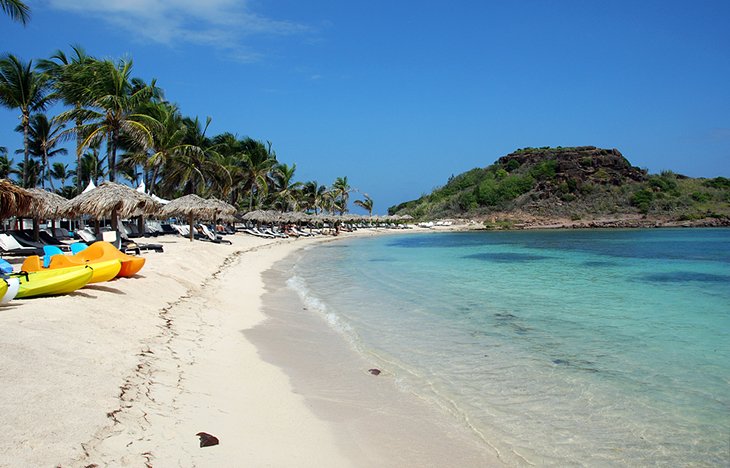
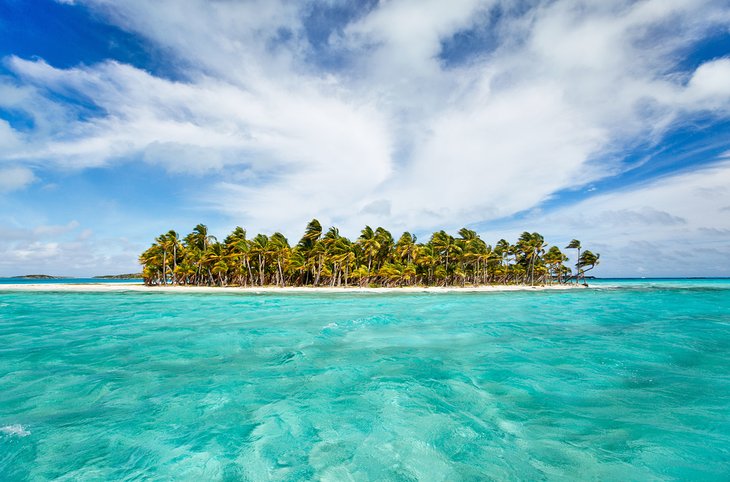

 UPDATED:OCT 28, 2019ORIGINAL:JUL 30, 2010
UPDATED:OCT 28, 2019ORIGINAL:JUL 30, 2010














 JUL 29, 2021
JUL 29, 2021








 UPDATED:JULY 28, 2021 ORIGINAL:MAR 17, 2020
UPDATED:JULY 28, 2021 ORIGINAL:MAR 17, 2020






 1. Despite becoming a West Coast legend, Tupac wasn’t even born there…Tupac was actually born in East Harlem, New York City. This may seem surprising as he later helped to fuel a deadly feud between the East Coast and West Coast, with Pac choosing to rep the latter. He moved to California in 1988. Picture: Rex
1. Despite becoming a West Coast legend, Tupac wasn’t even born there…Tupac was actually born in East Harlem, New York City. This may seem surprising as he later helped to fuel a deadly feud between the East Coast and West Coast, with Pac choosing to rep the latter. He moved to California in 1988. Picture: Rex 2. Tupac had some harsh words for Donald Trump back in 1992.In a unreleased interview with MTV Pac said: “Everybody’s taught that. You wanna be successful? You wanna be like Trump? Gimme gimme gimme, push push push push, step step step, crush crush crush. That’s how it all is… It’s too much money here. Nobody should be hitting the lotto for 36 million and we’ve got people starving in the streets. That’s not idealistic, that’s just real. That’s just stupid… There’s no way that these people should own planes and there are people who don’t have houses.”
2. Tupac had some harsh words for Donald Trump back in 1992.In a unreleased interview with MTV Pac said: “Everybody’s taught that. You wanna be successful? You wanna be like Trump? Gimme gimme gimme, push push push push, step step step, crush crush crush. That’s how it all is… It’s too much money here. Nobody should be hitting the lotto for 36 million and we’ve got people starving in the streets. That’s not idealistic, that’s just real. That’s just stupid… There’s no way that these people should own planes and there are people who don’t have houses.” 3. Believe it or not, studying Shakespeare would define Pac’s entire career.It certainly doesn’t sound like a conventional start for a rapper, but one of Tupac’s biggest influences was in fact Shakespeare. He studied the English writer when he attending the Baltimore School for the Arts and said: “I love Shakespeare. He wrote some of the rawest stories, man. I mean look at Romeo and Juliet. That’s some serious ghetto s**t.”
3. Believe it or not, studying Shakespeare would define Pac’s entire career.It certainly doesn’t sound like a conventional start for a rapper, but one of Tupac’s biggest influences was in fact Shakespeare. He studied the English writer when he attending the Baltimore School for the Arts and said: “I love Shakespeare. He wrote some of the rawest stories, man. I mean look at Romeo and Juliet. That’s some serious ghetto s**t.” 4. Before he was a famous rapper, Tupac was in ‘Digital Underground’.He went on to become possibly the most famous rapper in the world, but like most people Tupac has to work his way up the top spot. His career kicked off as a backup dancer and MC in the hip-hop group Digital Underground before he became a solo artist. Picture: Yearbook
4. Before he was a famous rapper, Tupac was in ‘Digital Underground’.He went on to become possibly the most famous rapper in the world, but like most people Tupac has to work his way up the top spot. His career kicked off as a backup dancer and MC in the hip-hop group Digital Underground before he became a solo artist. Picture: Yearbook 5. The beginning of Pac’s notorious fall-out with Biggie.Tupac and Biggie were the main agents in the notorious East Coast – West Coast beef. But before it started they were actually friends. The issues started when Biggie released ‘Who Shot Ya?’ – a song that Tupac interpreted as a dis song towards him. The track was the beginning of what went on to become the infamous hip-hop coastal war and shaped the music Tupac made from that moment on.
5. The beginning of Pac’s notorious fall-out with Biggie.Tupac and Biggie were the main agents in the notorious East Coast – West Coast beef. But before it started they were actually friends. The issues started when Biggie released ‘Who Shot Ya?’ – a song that Tupac interpreted as a dis song towards him. The track was the beginning of what went on to become the infamous hip-hop coastal war and shaped the music Tupac made from that moment on. 6. Tupac predicted: “I will spark the brain that will change the world.”In one of his most extraordinary interviews Tupac ever gave, with MTV in 1994, the rapper came out with the line that would go on to be the most quoted Tupac statement of all time: “I’m not saying I’m going to rule the world or I’m going to change the world. But I guarantee I will spark the brain that will change the world. That’s our job – to spark somebody else watching us.”
6. Tupac predicted: “I will spark the brain that will change the world.”In one of his most extraordinary interviews Tupac ever gave, with MTV in 1994, the rapper came out with the line that would go on to be the most quoted Tupac statement of all time: “I’m not saying I’m going to rule the world or I’m going to change the world. But I guarantee I will spark the brain that will change the world. That’s our job – to spark somebody else watching us.” 7. Tupac was arrested for sexually assaulting a woman.The victim alleged that Shakur and his entourage raped her in a hotel room. Pac denied the charges, but was sentenced to 1.5 to 4.5 years in prison. He served nine months in total from February 14, 1995 at the Clinton Correctional Facility in Dannemora, New York. Picture: MTV
7. Tupac was arrested for sexually assaulting a woman.The victim alleged that Shakur and his entourage raped her in a hotel room. Pac denied the charges, but was sentenced to 1.5 to 4.5 years in prison. He served nine months in total from February 14, 1995 at the Clinton Correctional Facility in Dannemora, New York. Picture: MTV 8. Swapping talent for freedom in 2Pac’s legendary deal with Suge Knight.When Tupac was in prison in 1995 it was music producer Suge Knight and Jimmy Iovine who paid the hefty $1.4 million bail to get him released, as Tupac couldn’t afford to pay it himself. In return Tupac contractually agreed to make three albums under Death Row Records.
8. Swapping talent for freedom in 2Pac’s legendary deal with Suge Knight.When Tupac was in prison in 1995 it was music producer Suge Knight and Jimmy Iovine who paid the hefty $1.4 million bail to get him released, as Tupac couldn’t afford to pay it himself. In return Tupac contractually agreed to make three albums under Death Row Records. 9. The controversy surrounding Tupac’s song lyrics.Tupac often wrote lyrics about issues including racism, police brutality, poverty and politics. His album ‘2Pacalypse Now’ was one of his most political works and a defining moment in his career came as a result of it when it was claimed the album influenced a youth in Texas to shoot a state trooper. Then US Vice President Dan Quayle publicly criticised Tupac at the time, saying: “There’s no reason for a record like this to be released. It has no place in our society.”
9. The controversy surrounding Tupac’s song lyrics.Tupac often wrote lyrics about issues including racism, police brutality, poverty and politics. His album ‘2Pacalypse Now’ was one of his most political works and a defining moment in his career came as a result of it when it was claimed the album influenced a youth in Texas to shoot a state trooper. Then US Vice President Dan Quayle publicly criticised Tupac at the time, saying: “There’s no reason for a record like this to be released. It has no place in our society.” 10. The release of his first album ‘2Pacalypse Now’.In ’91 Tupac released his first album 2Pacalypse now. The album didn’t generate any top 10 hits and didn’t find the success that many think it did. Nonetheless, it was a defining moment of 2Pac’s career and proved influential in the creation of the next generation of rappers including Nas, Eminem and Game, who all said it inspired their music.
10. The release of his first album ‘2Pacalypse Now’.In ’91 Tupac released his first album 2Pacalypse now. The album didn’t generate any top 10 hits and didn’t find the success that many think it did. Nonetheless, it was a defining moment of 2Pac’s career and proved influential in the creation of the next generation of rappers including Nas, Eminem and Game, who all said it inspired their music. 11. Tupac broke into the mainstream with the release of his second album in ’93.Tupac may not have found the success he hoped for with his first album but his second studio album broke him into the mainstream when it was released in 1993. The album spawned singles ‘Keep Ya Hear Up’ and ‘I Get Around’ and eventually reached platinum status.
11. Tupac broke into the mainstream with the release of his second album in ’93.Tupac may not have found the success he hoped for with his first album but his second studio album broke him into the mainstream when it was released in 1993. The album spawned singles ‘Keep Ya Hear Up’ and ‘I Get Around’ and eventually reached platinum status. 12. “We need to shock the people, so let’s shock the people!”That’s what Tupac told the Grammys crowd in 1996 before being joined on stage by the reunited Kiss, who were in full costume for the first time in 15 years. Picture: Getty
12. “We need to shock the people, so let’s shock the people!”That’s what Tupac told the Grammys crowd in 1996 before being joined on stage by the reunited Kiss, who were in full costume for the first time in 15 years. Picture: Getty 13. Forming the group ‘Thug Life.’In 1994 Tupac formed the hip-hop group ‘Thug Life’ consisting of Syke Stretch, Mopreme Shakur, The Rated R, Macadoshis and Kato. The group only released one album ‘Thug Life: Volume 1’ – which sold gold. To mark the formation of the band Tupac had the infamous ‘Thug Life’ tattoo inked across his stomach. Picture: Getty
13. Forming the group ‘Thug Life.’In 1994 Tupac formed the hip-hop group ‘Thug Life’ consisting of Syke Stretch, Mopreme Shakur, The Rated R, Macadoshis and Kato. The group only released one album ‘Thug Life: Volume 1’ – which sold gold. To mark the formation of the band Tupac had the infamous ‘Thug Life’ tattoo inked across his stomach. Picture: Getty 14. Tupac and a very close friendship with Jada Pinkett (now Jada Pinkett Smith).In the documentary Tupac: Resurrection, Shakur says, “Jada is my heart. She will be my friend for my whole life.” Jada also calls him “one of my best friends. He was like a brother. It was beyond friendship for us. The type of relationship we had, you only get that once in a lifetime.” Jada has since denied there was any romance between the pair.
14. Tupac and a very close friendship with Jada Pinkett (now Jada Pinkett Smith).In the documentary Tupac: Resurrection, Shakur says, “Jada is my heart. She will be my friend for my whole life.” Jada also calls him “one of my best friends. He was like a brother. It was beyond friendship for us. The type of relationship we had, you only get that once in a lifetime.” Jada has since denied there was any romance between the pair. 15. The release of ‘All Eyez On Me’.Tupac’s 1996 album, featuring some of his most populars singles including ‘How Do U Want It’ and ‘California Love’ went on to become one of the most acclaimed albums in 90’s rap. It was 5x certified platinum after just two months and 9x platinum after just two years.
15. The release of ‘All Eyez On Me’.Tupac’s 1996 album, featuring some of his most populars singles including ‘How Do U Want It’ and ‘California Love’ went on to become one of the most acclaimed albums in 90’s rap. It was 5x certified platinum after just two months and 9x platinum after just two years.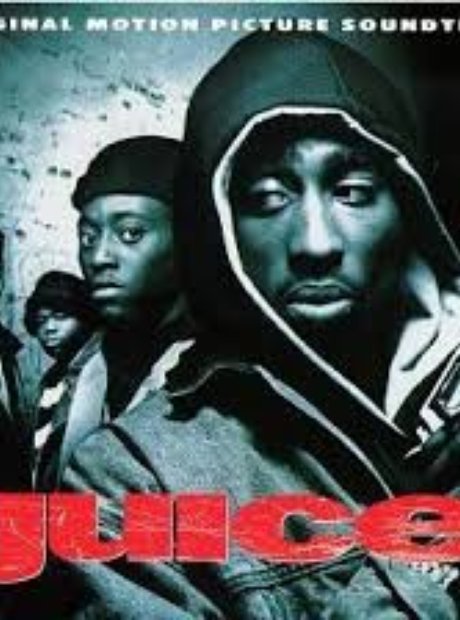 16. Getting a name on the big screen in his breakout film ‘Juice.’Tupac had been acting since he was a kid but his breakout-acting role was in the 1992 American Crime Drama ‘Juice.’ Tupac played Roland Bishop, a troubled teen that turns into a murderous sociopath. Two years later Tupac starred in ‘Above The Rim,’ for which he also contributed to the soundtrack with ‘Pour Out A Little Liqour.’
16. Getting a name on the big screen in his breakout film ‘Juice.’Tupac had been acting since he was a kid but his breakout-acting role was in the 1992 American Crime Drama ‘Juice.’ Tupac played Roland Bishop, a troubled teen that turns into a murderous sociopath. Two years later Tupac starred in ‘Above The Rim,’ for which he also contributed to the soundtrack with ‘Pour Out A Little Liqour.’ 17. More music has been released since Tupac’s death than when he was alive.Shakur has sold over 75 million records worldwide, with the bulk of that coming after his death; seven of his 11 platinum albums were released posthumously.
17. More music has been released since Tupac’s death than when he was alive.Shakur has sold over 75 million records worldwide, with the bulk of that coming after his death; seven of his 11 platinum albums were released posthumously. 18. Snoop Dogg and Tupac’s on off relationship.Snoop and Tupac were often seen out together, they were close. But Snoop recently confirmed that his last encounter with Pac wasn’t a good one. After being asked in an interview how he felt about Biggie and Puff, Snoop called them his ‘Homeboys.’ Tupac clearly felt betrayed by this, as the next time he saw Snoop he totally ignored him. That was the pair’s last encounter before Tupac died.
18. Snoop Dogg and Tupac’s on off relationship.Snoop and Tupac were often seen out together, they were close. But Snoop recently confirmed that his last encounter with Pac wasn’t a good one. After being asked in an interview how he felt about Biggie and Puff, Snoop called them his ‘Homeboys.’ Tupac clearly felt betrayed by this, as the next time he saw Snoop he totally ignored him. That was the pair’s last encounter before Tupac died. 19. The release of California Love.The first single 2Pac released, as a part of his death with Death Row Records was ‘California Love.’ Note the Dr Dre produced track hears Tupac rap “Out on bail, fresh out of jail, California dreamin”. The track went on to become his most successful and probably his most loved.
19. The release of California Love.The first single 2Pac released, as a part of his death with Death Row Records was ‘California Love.’ Note the Dr Dre produced track hears Tupac rap “Out on bail, fresh out of jail, California dreamin”. The track went on to become his most successful and probably his most loved. 20. The moment Snoop Dogg was joined by a Tupac hologram at Coachella.In 2012 the Coachella audience didn’t know how to react when Tupac was presented right before their eyes in a hologram form. He performed alongside Dr Dre and Snoop Dogg, making history even after his death.
20. The moment Snoop Dogg was joined by a Tupac hologram at Coachella.In 2012 the Coachella audience didn’t know how to react when Tupac was presented right before their eyes in a hologram form. He performed alongside Dr Dre and Snoop Dogg, making history even after his death. 21. Meeting Joshua and creating ‘Joshua’s Dream.’In 1993 Tupac received a letter from the parents of a dying boy named Joshua. They said it was Joshua’s dying wish to meet Tupac. Tupac flew to Maryland to meet Joshua and took him to a basketball game. The boy obviously made a huge impact on Tupac, as soon after Joshua’s death Tupac renamed his publishing company from Ghetto Gospel Music to Joshua’s Dream.
21. Meeting Joshua and creating ‘Joshua’s Dream.’In 1993 Tupac received a letter from the parents of a dying boy named Joshua. They said it was Joshua’s dying wish to meet Tupac. Tupac flew to Maryland to meet Joshua and took him to a basketball game. The boy obviously made a huge impact on Tupac, as soon after Joshua’s death Tupac renamed his publishing company from Ghetto Gospel Music to Joshua’s Dream. 22. Fuelling the fire in the infamous East Coast/ West Coast beef.Tupac was not happy with Biggie and he made it known on 1996 single ‘Hit ‘Em Up,’ when he took shots at his former friend and a ton of other East Coast rappers including Puff Daddy. The most notorious lyric was Tupac claiming that he had slept with Biggie’s wife, Faith Evans. Tupac was killed three months after its release.
22. Fuelling the fire in the infamous East Coast/ West Coast beef.Tupac was not happy with Biggie and he made it known on 1996 single ‘Hit ‘Em Up,’ when he took shots at his former friend and a ton of other East Coast rappers including Puff Daddy. The most notorious lyric was Tupac claiming that he had slept with Biggie’s wife, Faith Evans. Tupac was killed three months after its release.


















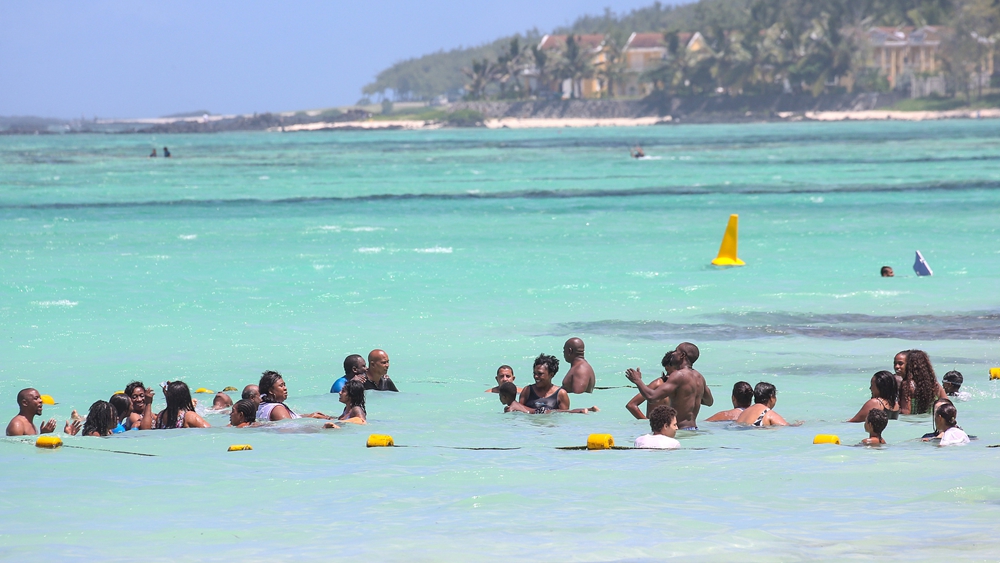











:max_bytes(150000):strip_icc():format(webp)/GettyImages-1036094130-cf8da629f9b44c81a0b1398311ac5787.jpg)
:max_bytes(150000):strip_icc():format(webp)/GettyImages-1215628293-c32a14bc41c34aa9adee9e41f6c7fb68.jpg)
:max_bytes(150000):strip_icc():format(webp)/GettyImages-696695914-895a5475a7f8412c9239900be0ea5179.jpg)
:max_bytes(150000):strip_icc():format(webp)/GettyImages-948065808-ba10e6df430c414fbc496dededf1db2b.jpg)
:max_bytes(150000):strip_icc():format(webp)/GettyImages-688402250-c3fd58b6a99a4729a821205bfac67168.jpg)
:max_bytes(150000):strip_icc():format(webp)/GettyImages-540179188-f820573a1328459cb5cedac011088d4c.jpg)
:max_bytes(150000):strip_icc():format(webp)/GettyImages-1183284102-5aa79849742e4d3e9916fe605a14d803.jpg)
:max_bytes(150000):strip_icc():format(webp)/GettyImages-144948913-67ccee1c4f4c4845b69f4deb67bc6c7c.jpg)
:max_bytes(150000):strip_icc():format(webp)/GettyImages-627820272-3ccd2a0a1b824125872f49601ef3bed6.jpg)
:max_bytes(150000):strip_icc():format(webp)/GettyImages-1273603549-344d8c0dc8184b34b58b4cfe482f4ff6.jpg)





























